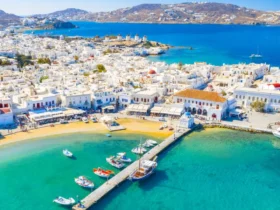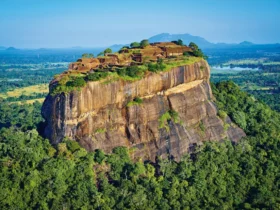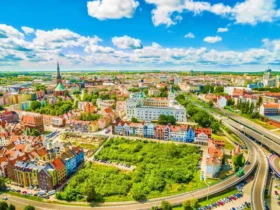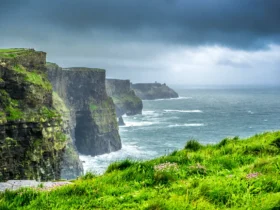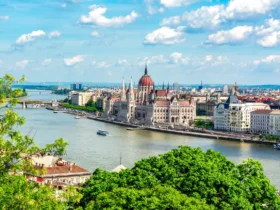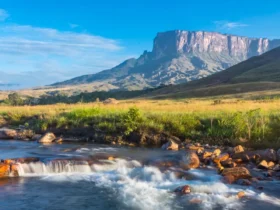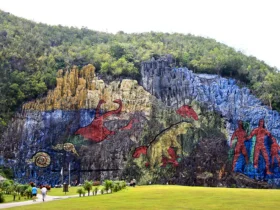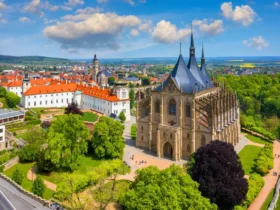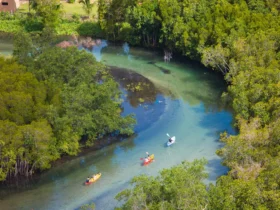Brazil is the largest country in South America, both in terms of land area and population. This country is a diverse and captivating country, offering a mix of natural wonders, cultural richness, and a passion for soccer. Its vast size and cultural diversity make it a fascinating destination for travelers and a country with a unique place in the global community.
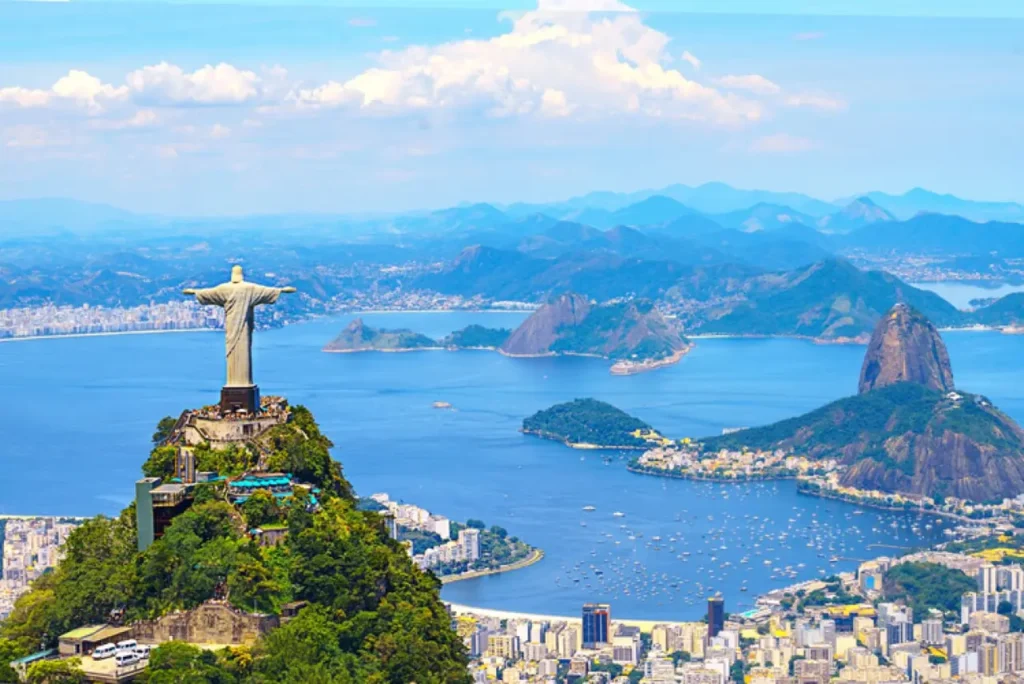
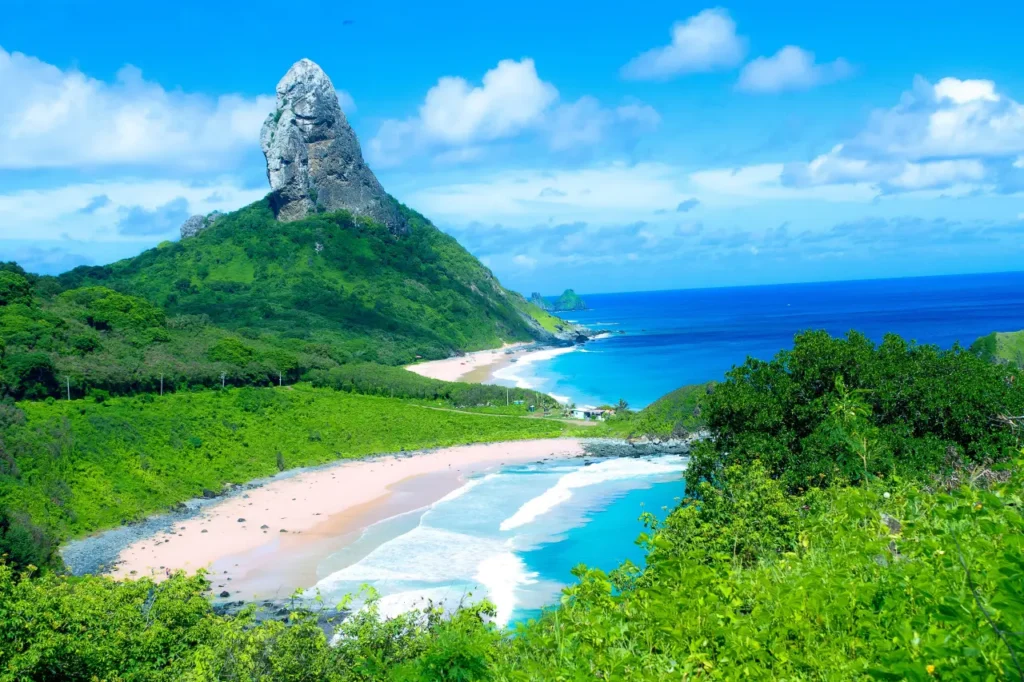
Here are some key points about Brazil
Geography: Brazil shares borders with ten countries in South America and has a diverse geographical landscape. It is home to the Amazon Rainforest, the largest tropical rainforest in the world, as well as the Pantanal wetlands, the Iguazu Falls, and the Atlantic coastline.
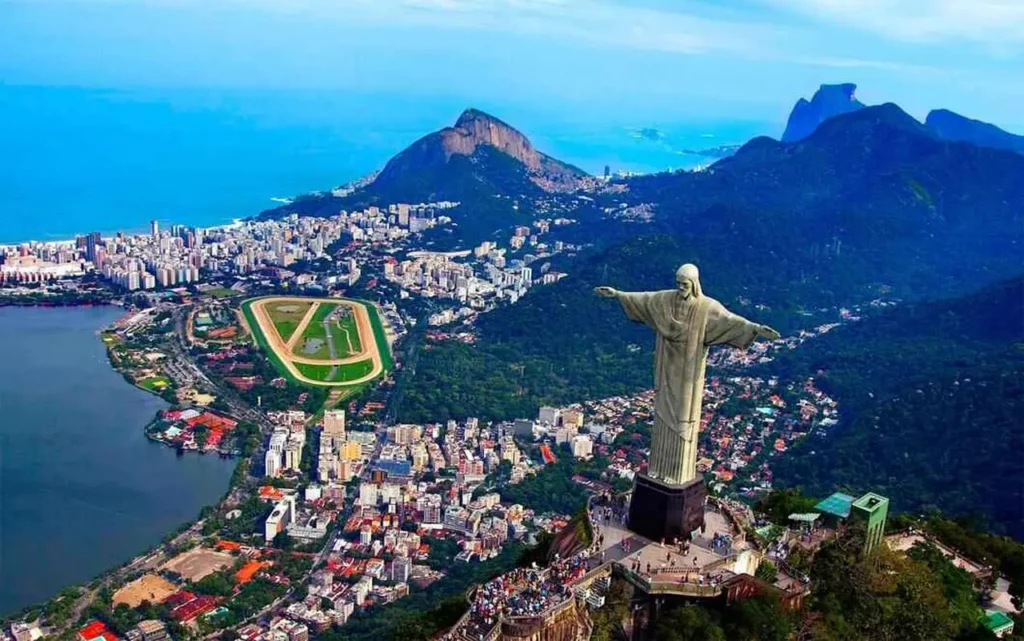
Culture and Diversity: Brazil is known for its rich cultural heritage, influenced by a blend of indigenous, African, and European traditions. It is famous for its vibrant music, dance, and festivals, including samba, bossa nova, and Carnival. The country has a diverse population with various ethnic backgrounds and regional identities.
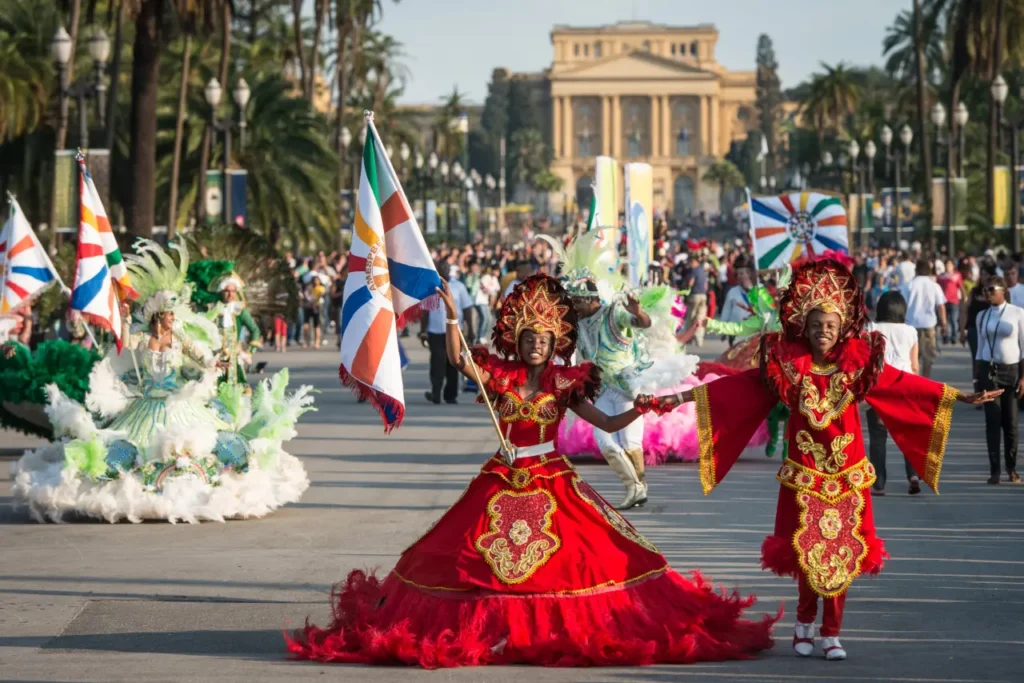
Language: Portuguese is the official language of Brazil, making it the largest Portuguese-speaking country in the world. However, English and Spanish are also spoken, particularly in tourist areas and larger cities.
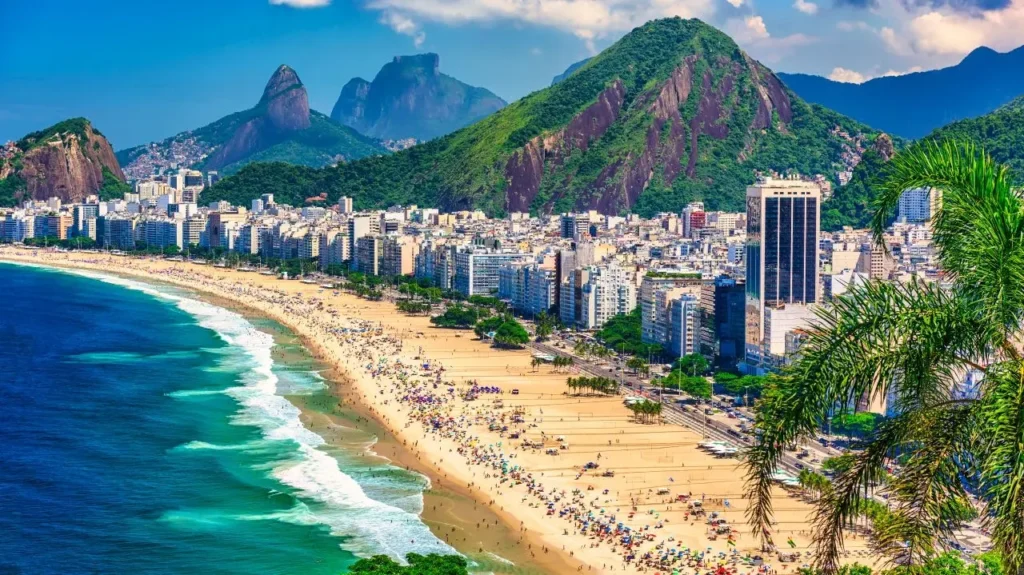
Soccer (Football): Brazil has a deep passion for soccer and is known as a powerhouse in the sport. The national team has won the FIFA World Cup a record five times and has produced many legendary players, such as Pelé and Ronaldo.

Natural Wonders: Brazil boasts a remarkable array of natural wonders. The Amazon Rainforest is a biodiversity hotspot, housing countless species of plants and animals. The Iguazu Falls, located on the border with Argentina, is one of the most spectacular waterfalls in the world. The country also offers stunning beaches, such as Copacabana and Ipanema in Rio de Janeiro.
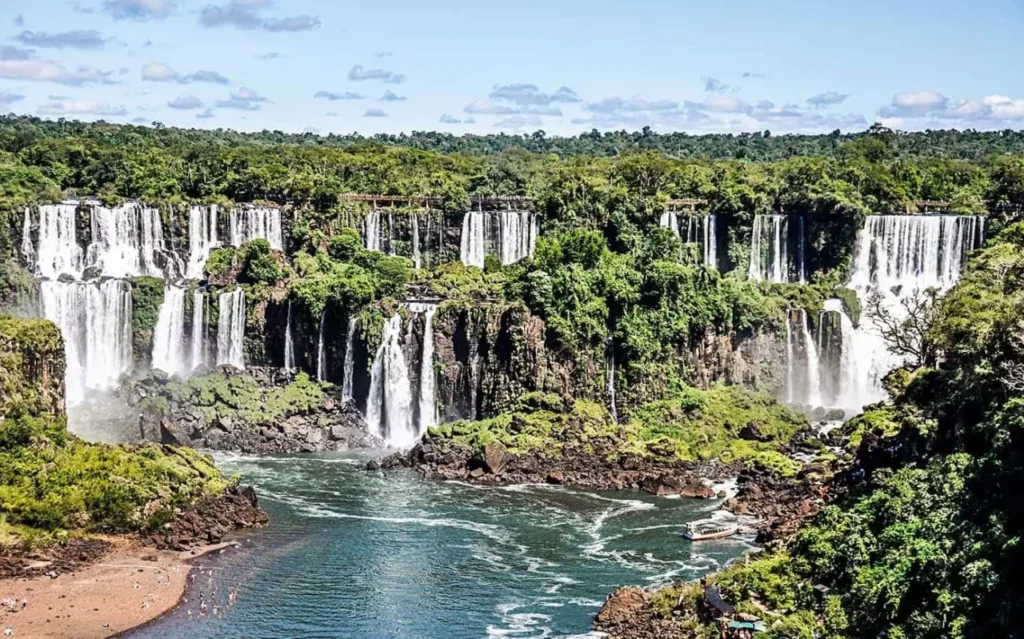
Urban Centers: Brazil has bustling cities with diverse architectural styles and vibrant street life. Rio de Janeiro is famous for its iconic landmarks like Christ the Redeemer and the vibrant Carnival celebrations. São Paulo is the largest city in Brazil and a major economic and cultural hub, known for its skyscrapers, museums, and culinary scene.
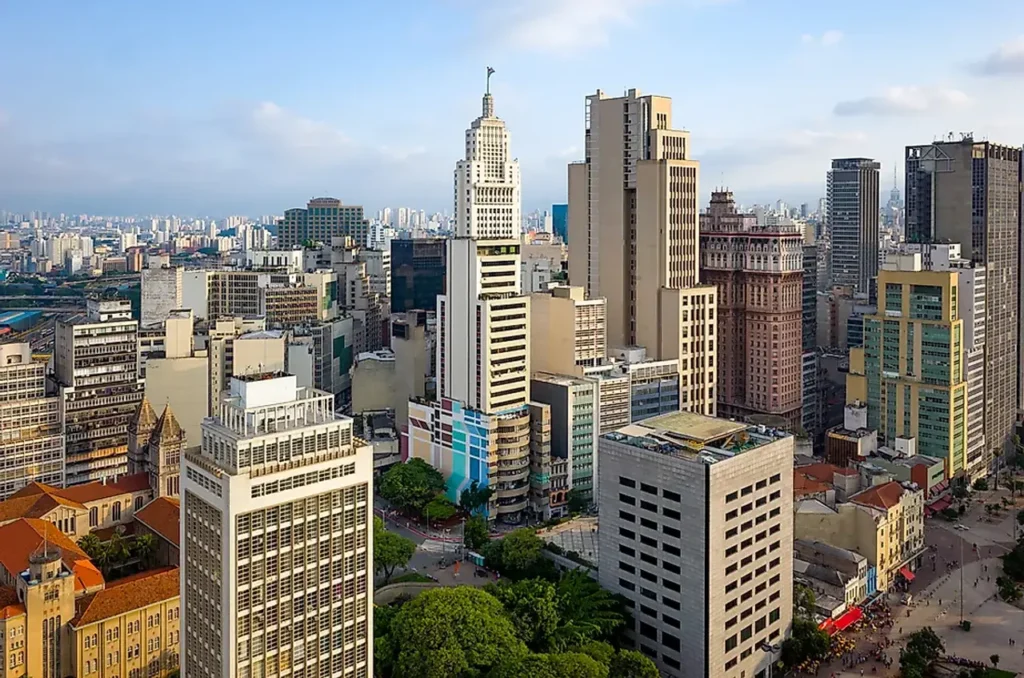
Economy: Brazil has one of the largest economies in the world. It is a leading producer of commodities such as coffee, soybeans, and sugarcane. Additionally, industries such as automotive, aerospace, and technology contribute significantly to the country’s economy.
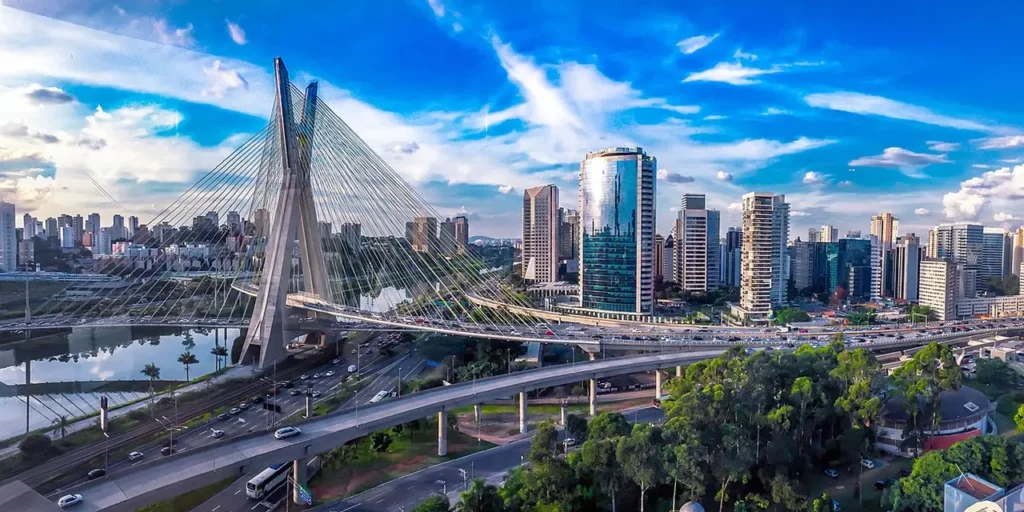
Challenges: Brazil faces challenges related to income inequality, poverty, and environmental preservation. While it has made progress in reducing poverty and promoting social programs, these issues continue to be areas of focus for the country.
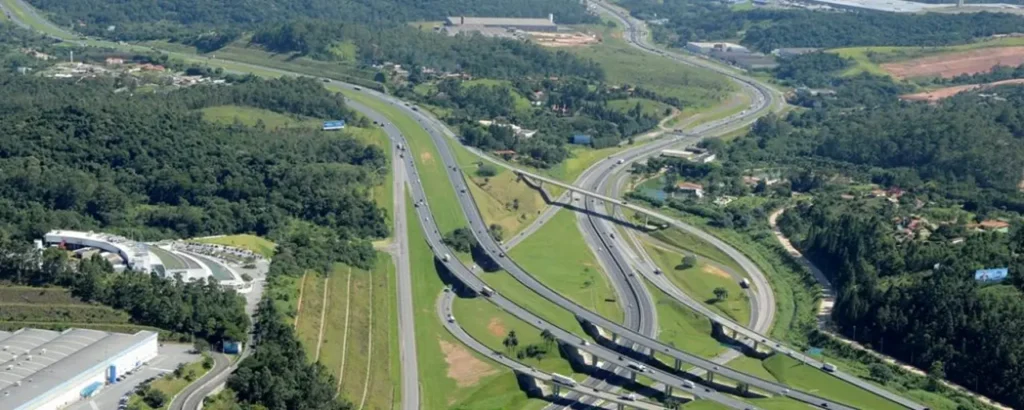
Some of the top destinations worth visiting
Brazil is home to numerous beautiful and famous places. These are many remarkable places to explore in Brazil. Each region of the country has its own unique charm and attractions, providing visitors with a diverse range of experiences.
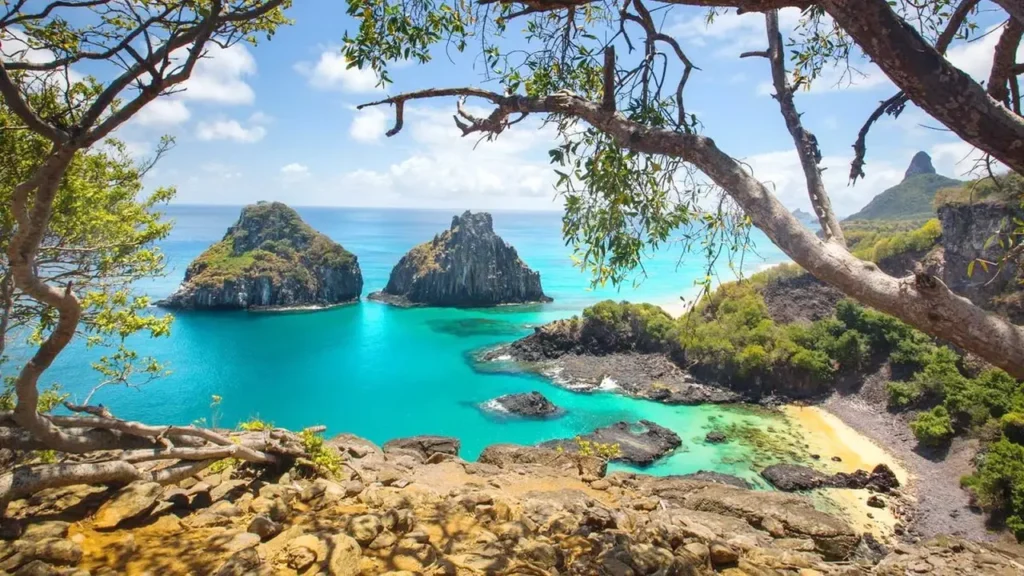
1. Rio de Janeiro
Rio de Janeiro is known for its stunning beaches like Copacabana and Ipanema, iconic landmarks such as Christ the Redeemer statue on Corcovado Mountain, and vibrant Carnival celebrations.
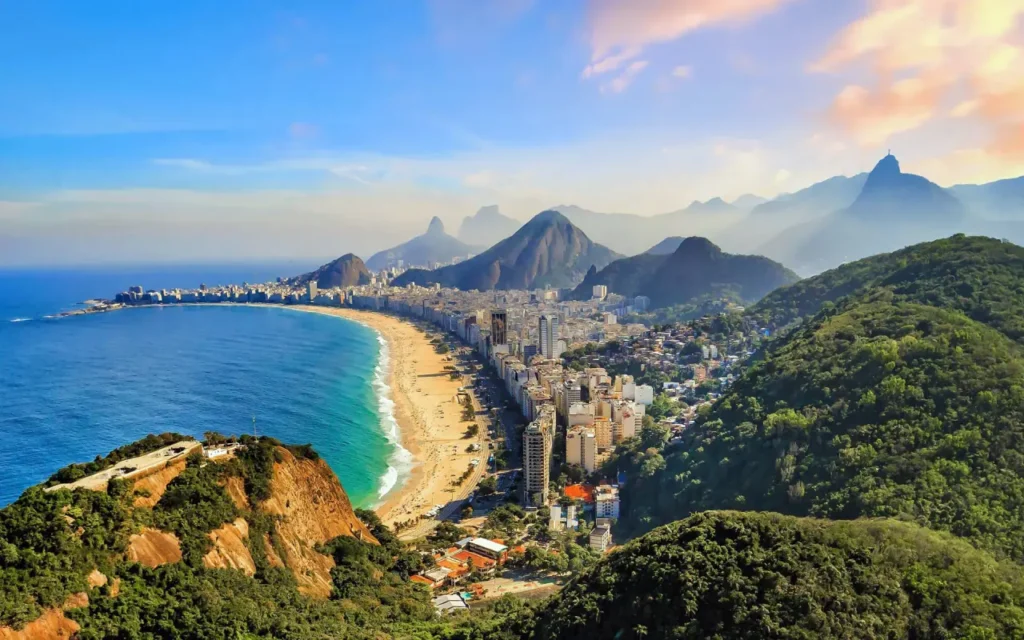
2. São Paulo
São Paulo is Brazil’s largest city and a bustling metropolis with a diverse culinary scene, vibrant cultural institutions, and impressive architecture.
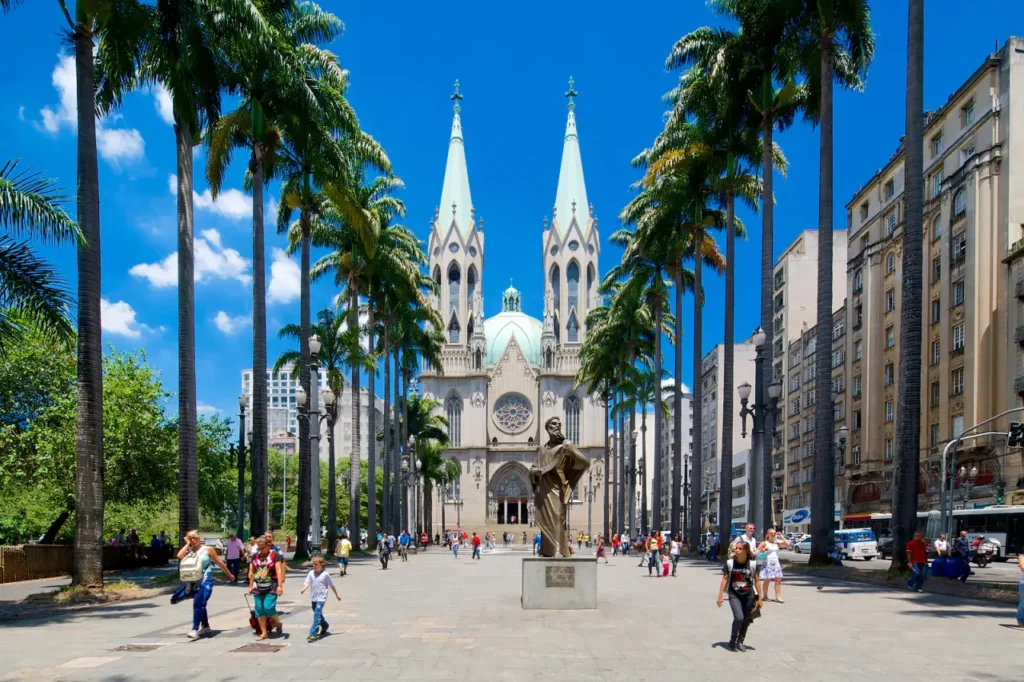
3. Salvador
Salvador is a city in northeastern Brazil known for its rich Afro-Brazilian culture, colonial architecture, and lively street festivals. Salvador is also a UNESCO World Heritage Site.
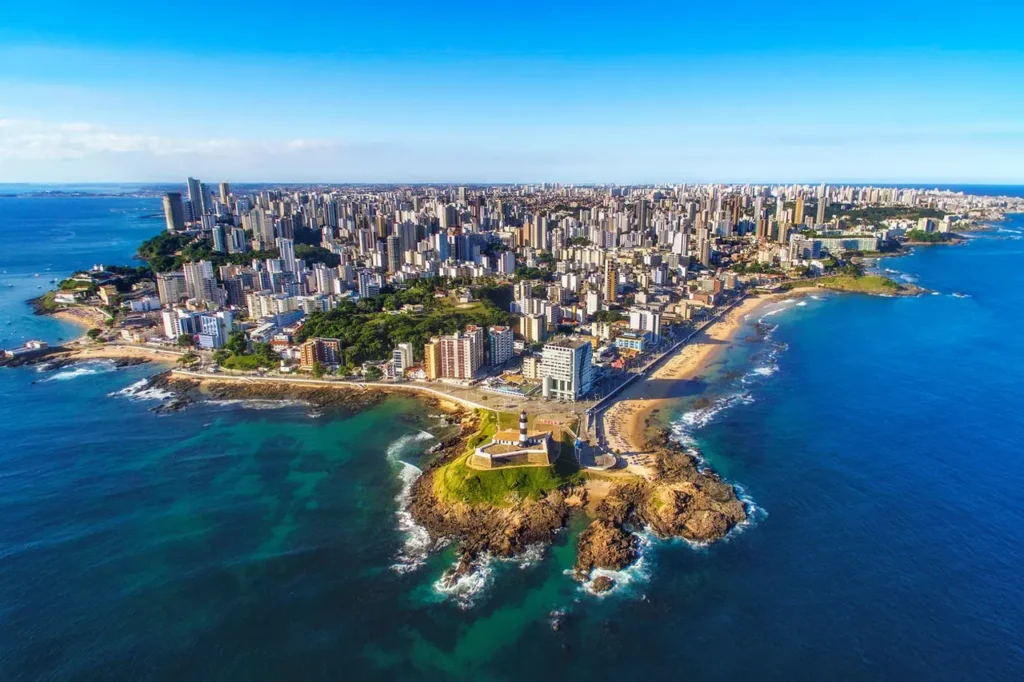
4. Iguaçu Falls
Iguaçu Falls is located on the border with Argentina, it is one of the world’s most awe-inspiring waterfalls, consisting of a series of cascades surrounded by lush rainforest.
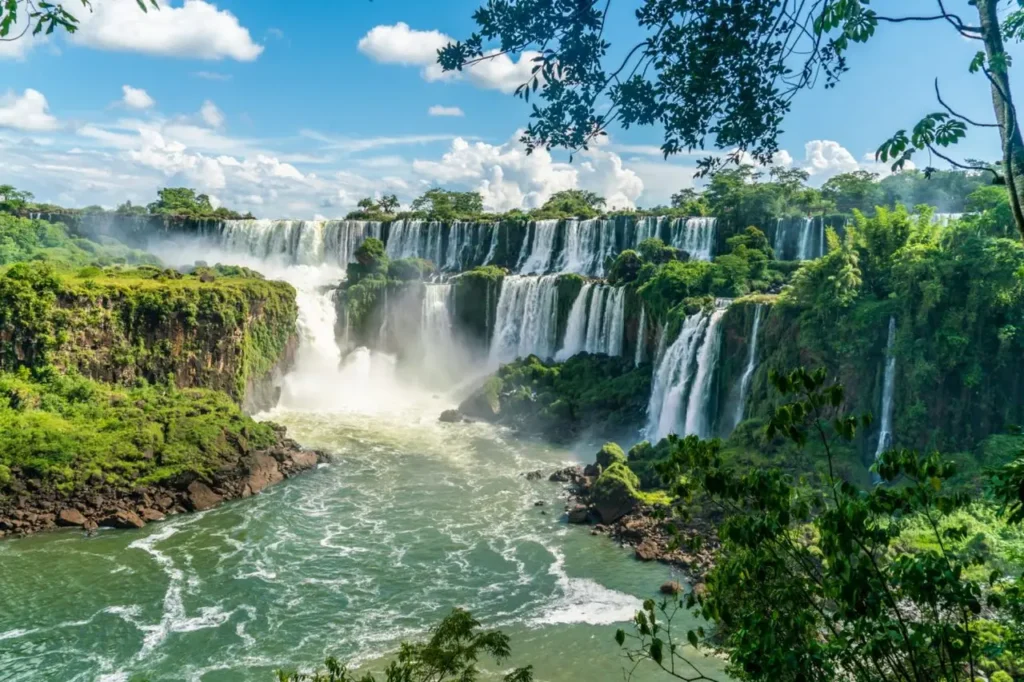
5. Amazon Rainforest
Amazon Rainforest is the world’s largest tropical rainforest, spanning several Brazilian states. It offers incredible biodiversity, indigenous communities, and opportunities for eco-tourism and wildlife exploration.
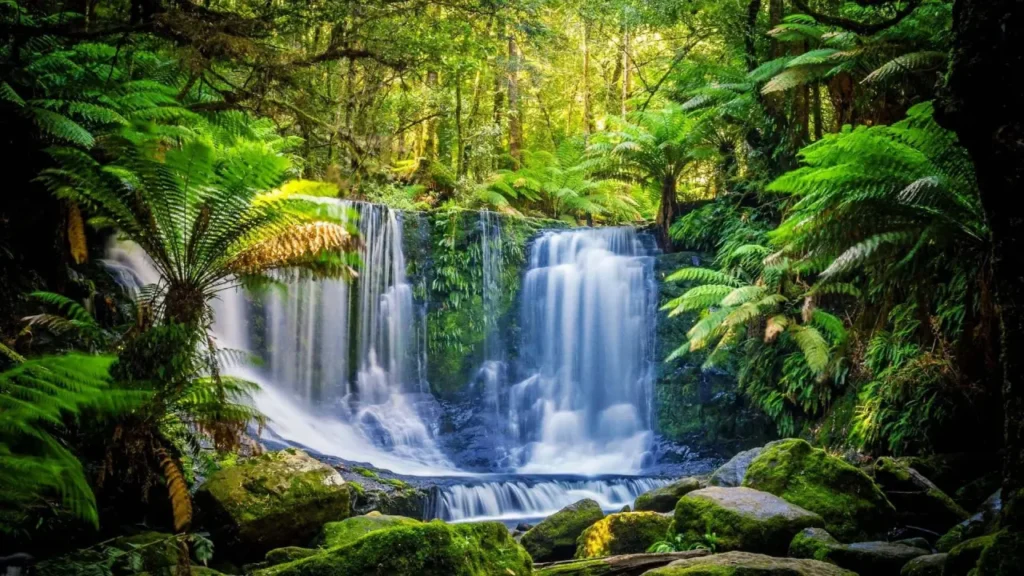
6. Pantanal
Pantanal is a vast wetland area known for its exceptional wildlife, including jaguars, caimans, and a variety of bird species. It is one of the best places for wildlife spotting in Brazil.
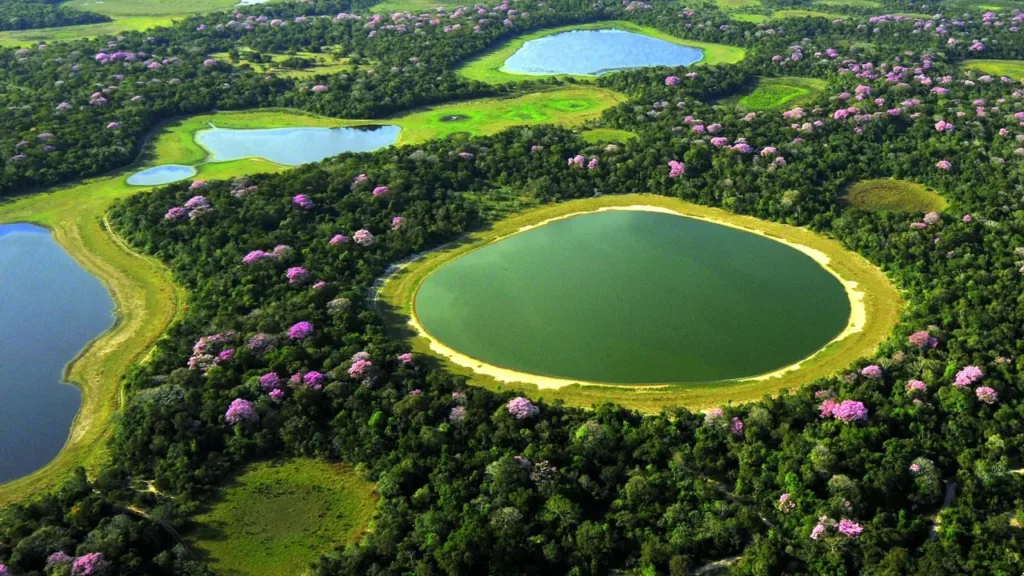
7. Fernando de Noronha
Fernando de Noronha is a remote archipelago with crystal-clear waters, pristine beaches, and abundant marine life, making it a paradise for divers and beach lovers.
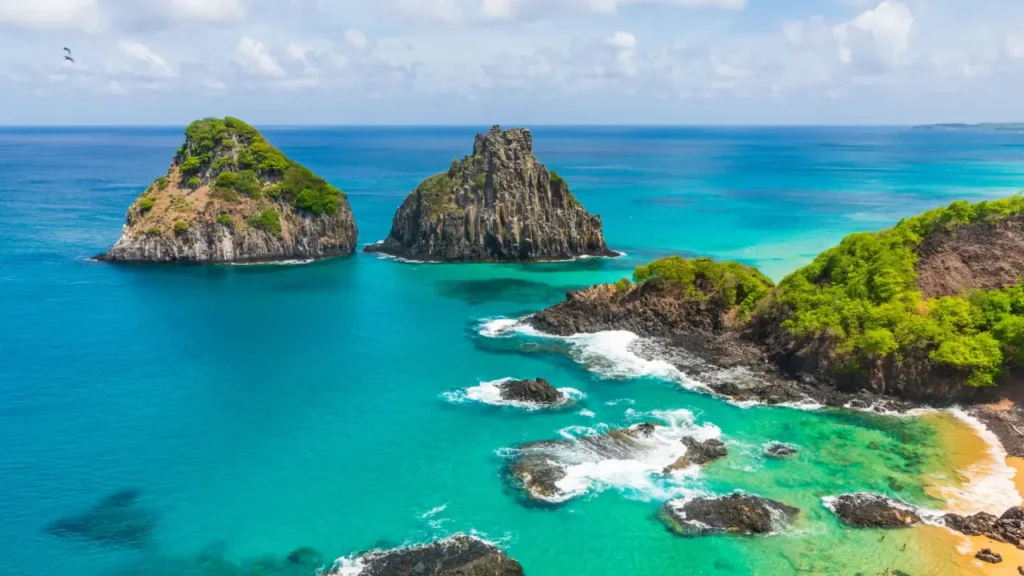
8. Brasília
Brasília is the capital of Brazil, and known for its modernist architecture and urban planning, including the famous buildings designed by Oscar Niemeyer.
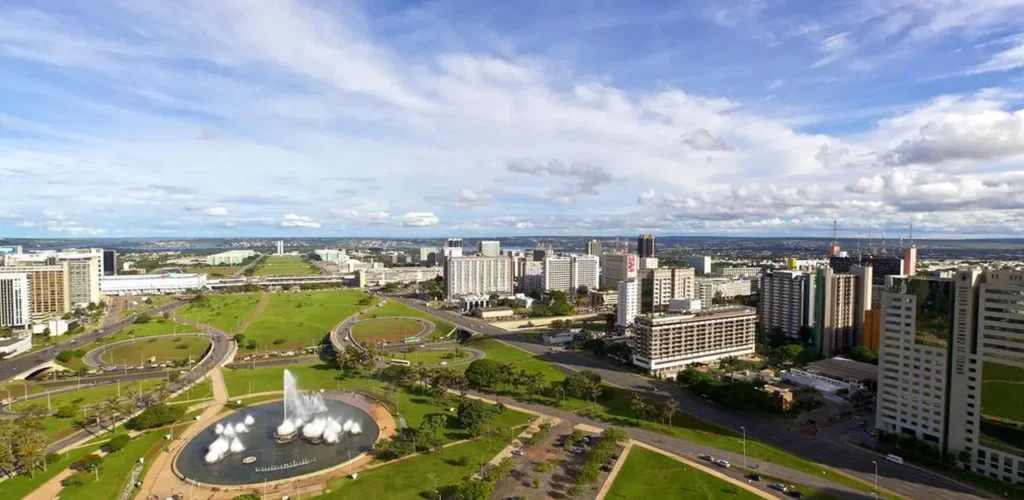
9. Paraty
Paraty is a charming colonial town on the coast, and renowned for its well-preserved historic center, cobblestone streets, and nearby beautiful beaches.
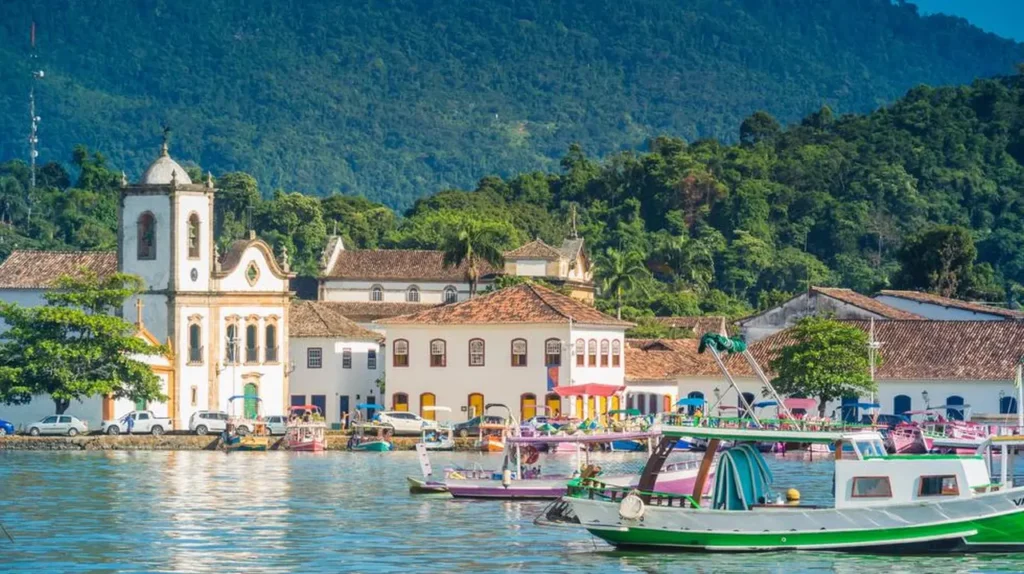
10. Chapada Diamantina
Chapada Diamantina is a stunning national park in Bahia, offering breathtaking landscapes, waterfalls, caves, and hiking trails.
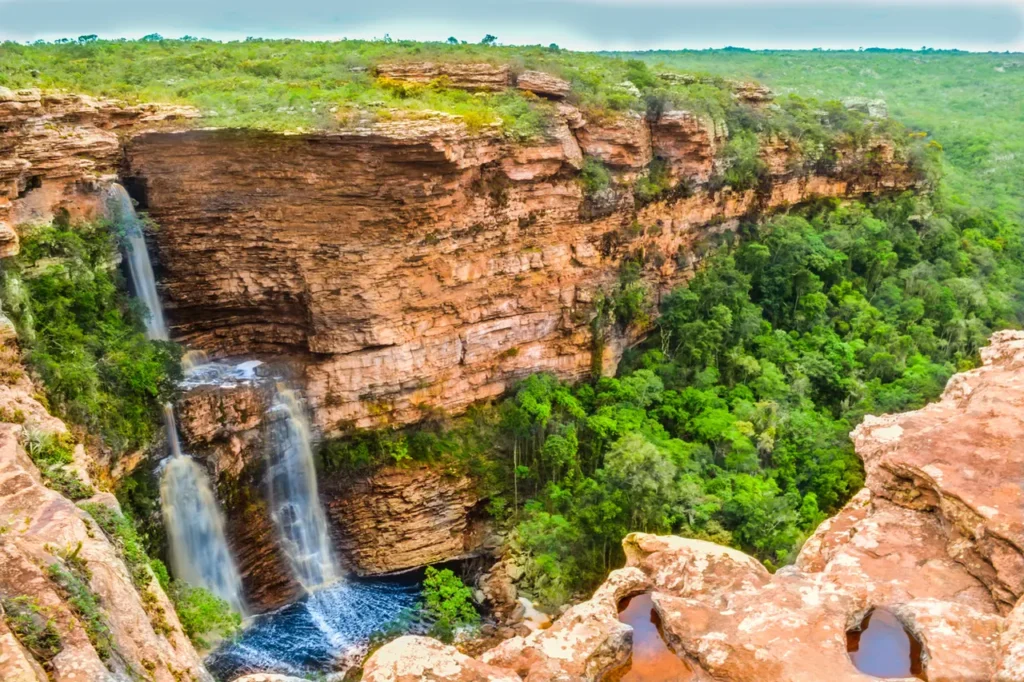
11. Florianópolis
Florianópolis is a picturesque island city known for its beautiful beaches, lively nightlife, and outdoor activities such as surfing and hiking.
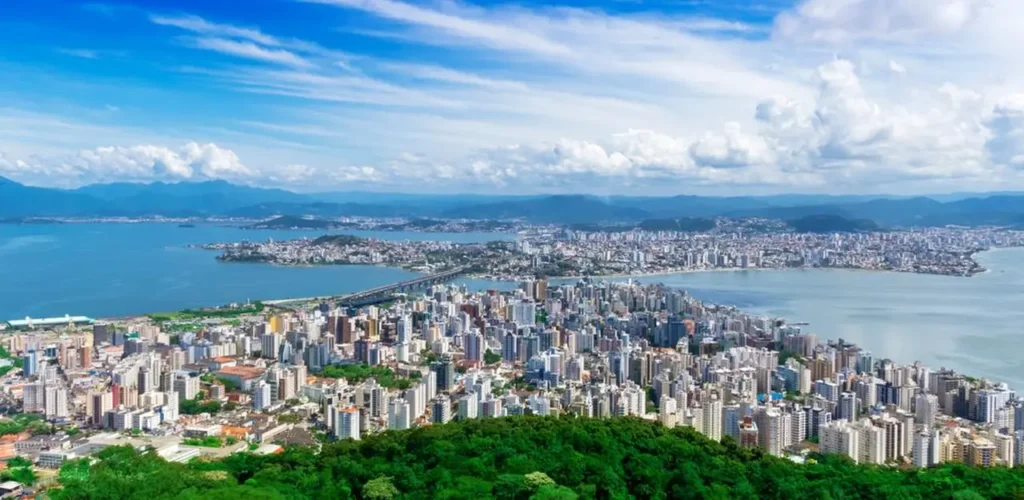
12. Bonito
Bonito is a destination renowned for its crystal-clear rivers, caves, and exceptional natural attractions, making it ideal for snorkeling, diving, and eco-tourism.
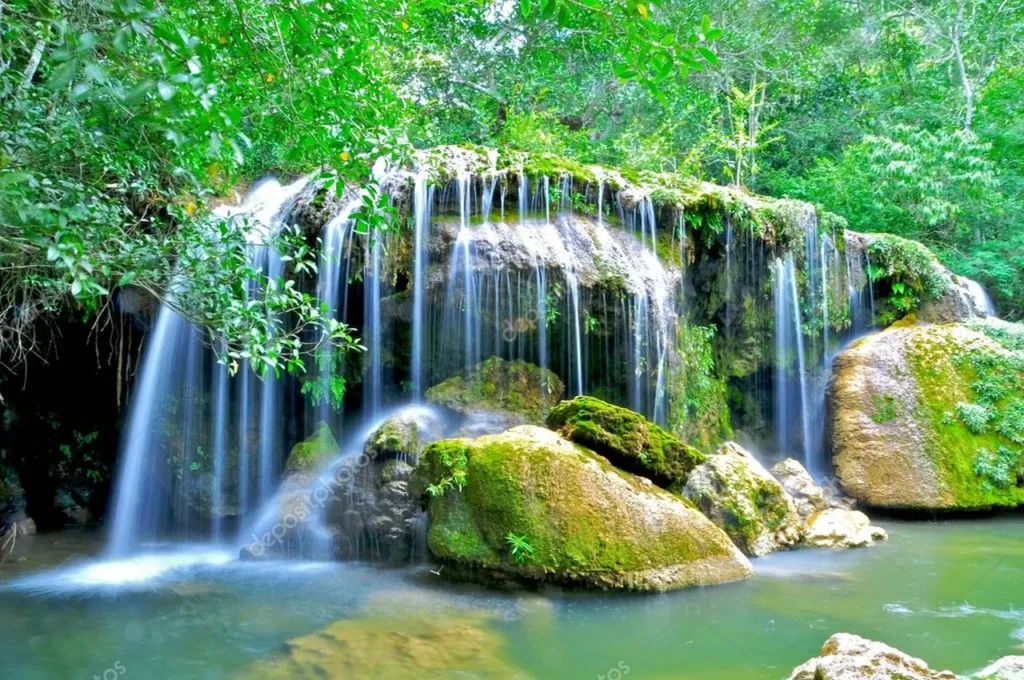
13. Ouro Preto
Ouro Pretoia a UNESCO World Heritage Site. This colonial town in Minas Gerais is known for its well-preserved architecture, churches, and historical significance during the gold rush era.
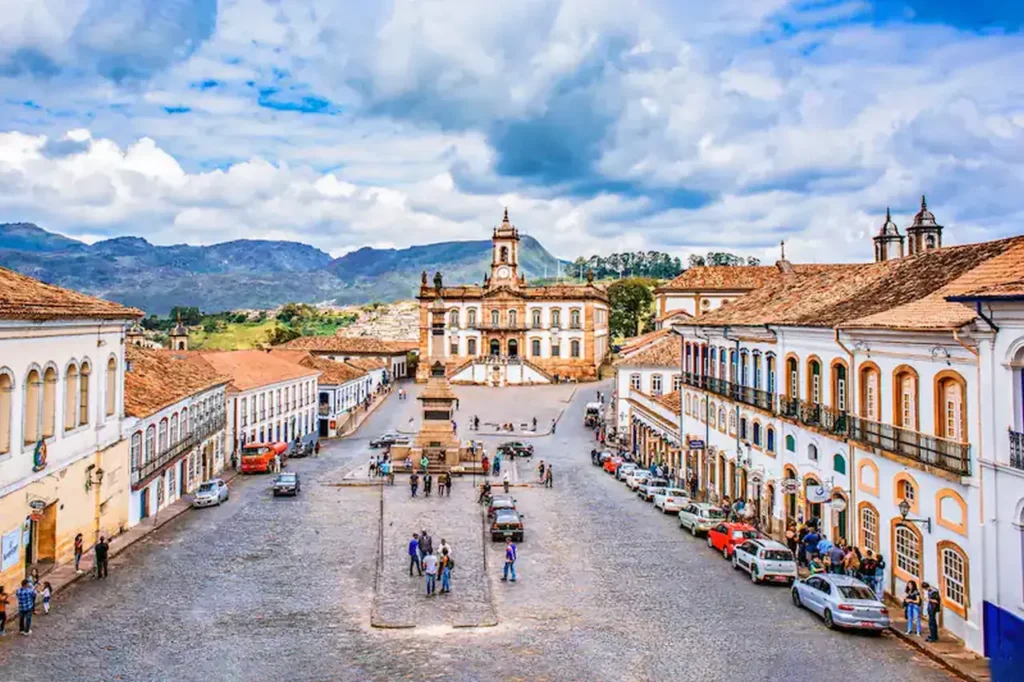
14. Lençóis Maranhenses National Park
Located in Maranhão, this unique national park features vast expanses of white sand dunes and lagoons, creating a surreal and breathtaking landscape.
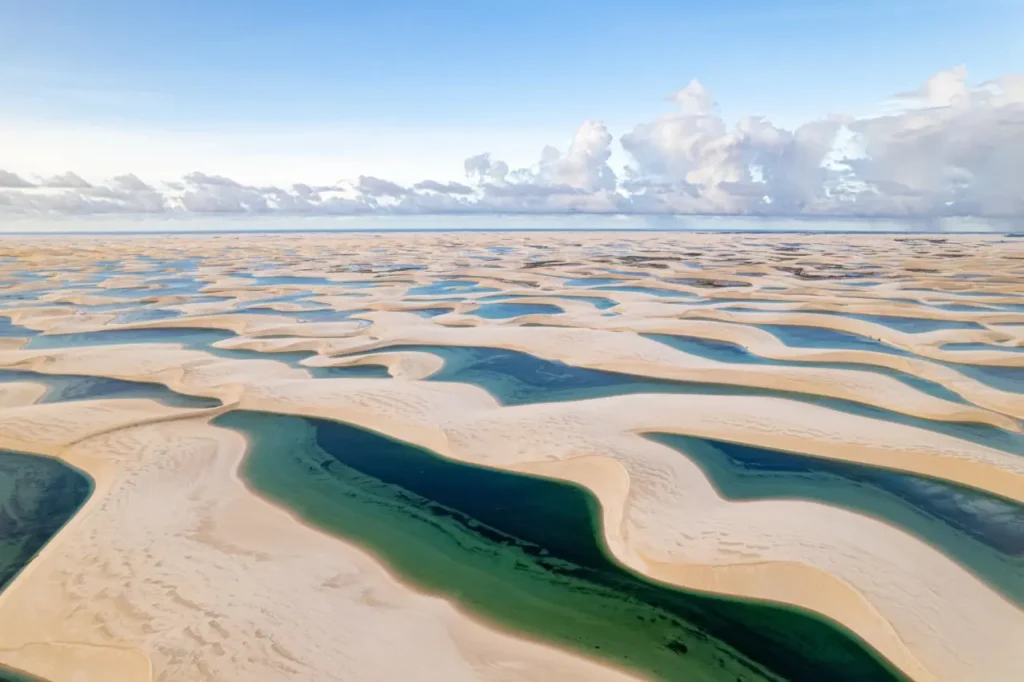
15. Chapada dos Veadeiros
A natural paradise in Goiás, known for its stunning waterfalls, hiking trails, and unique rock formations. It’s a great destination for nature lovers and outdoor enthusiasts.
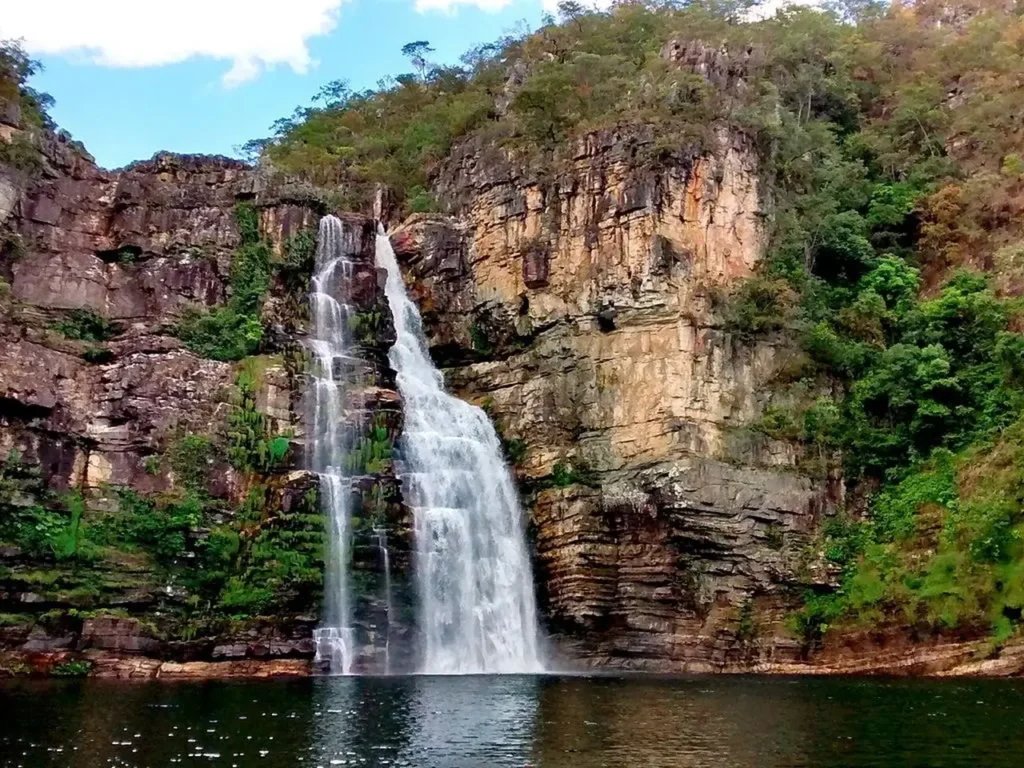
16. Manaus
Located in the heart of the Amazon Rainforest, Manaus is the gateway to the jungle. It offers a blend of modernity and nature, with highlights including the Amazon Theatre and the Meeting of Waters, where the Rio Negro and Solimões rivers meet.
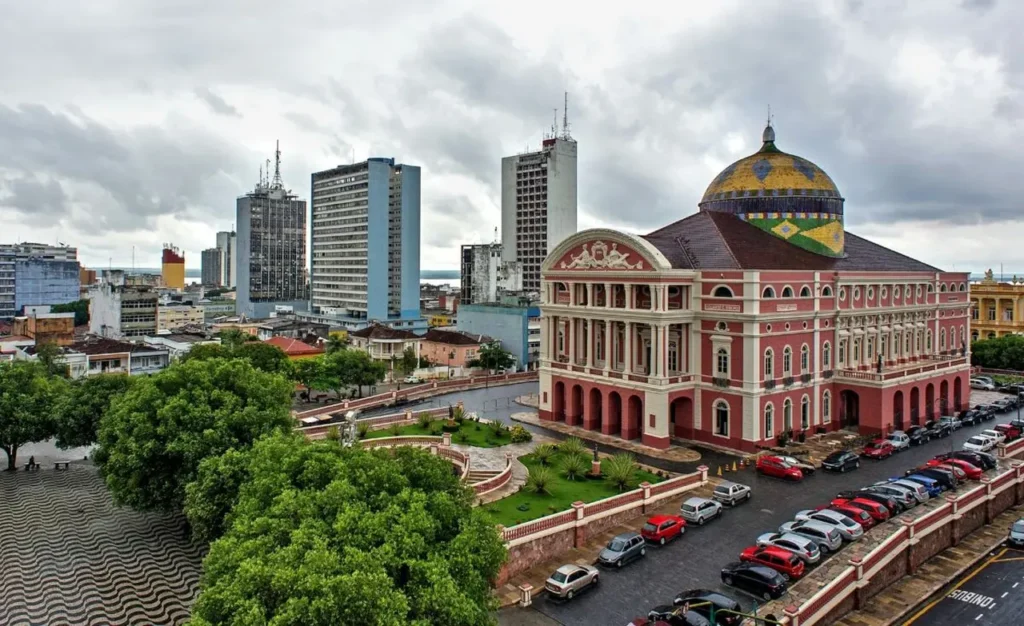
17. Recife and Olinda
These neighboring cities in Pernambuco are known for their colonial architecture, vibrant culture, and beautiful beaches. Olinda’s historic center is a UNESCO World Heritage Site.
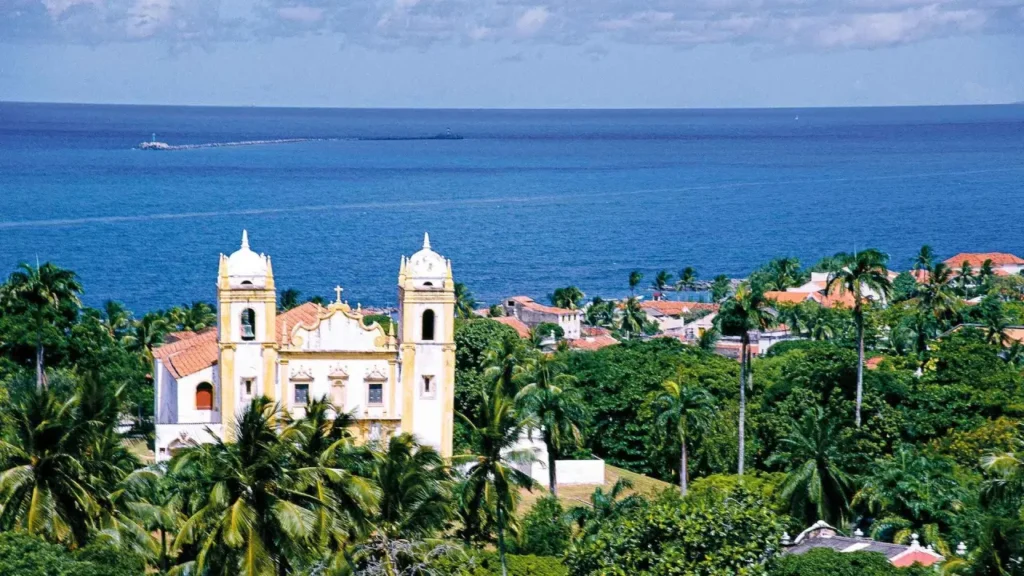
18. Fortaleza
A coastal city in northeastern Brazil, Fortaleza is famous for its golden sandy beaches, warm waters, and lively nightlife. It’s also a popular starting point for exploring the nearby beach towns along the coast.
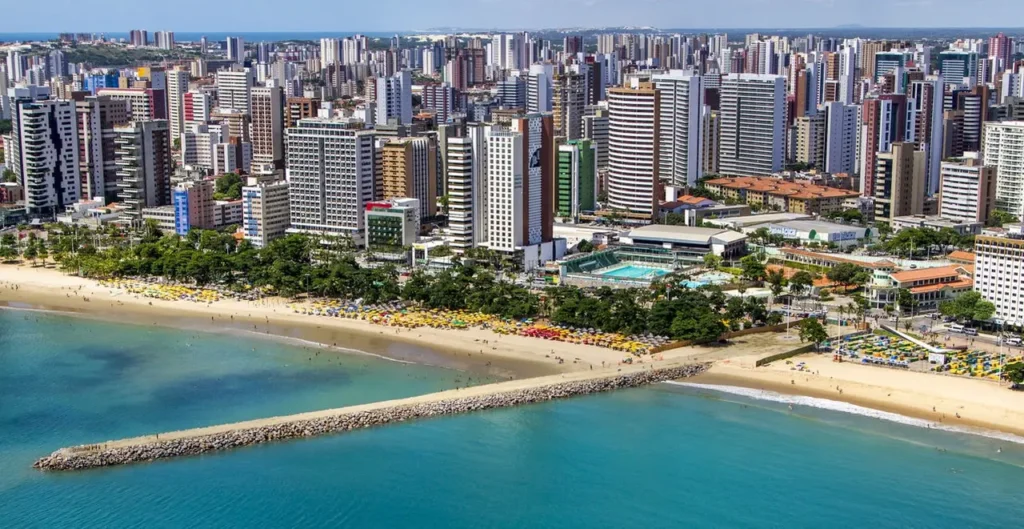
19. Jericoacoara
A picturesque beach town in Ceará, Jericoacoara is characterized by its pristine beaches, towering sand dunes, and relaxed atmosphere. It’s a favorite spot for wind and kite surfers.
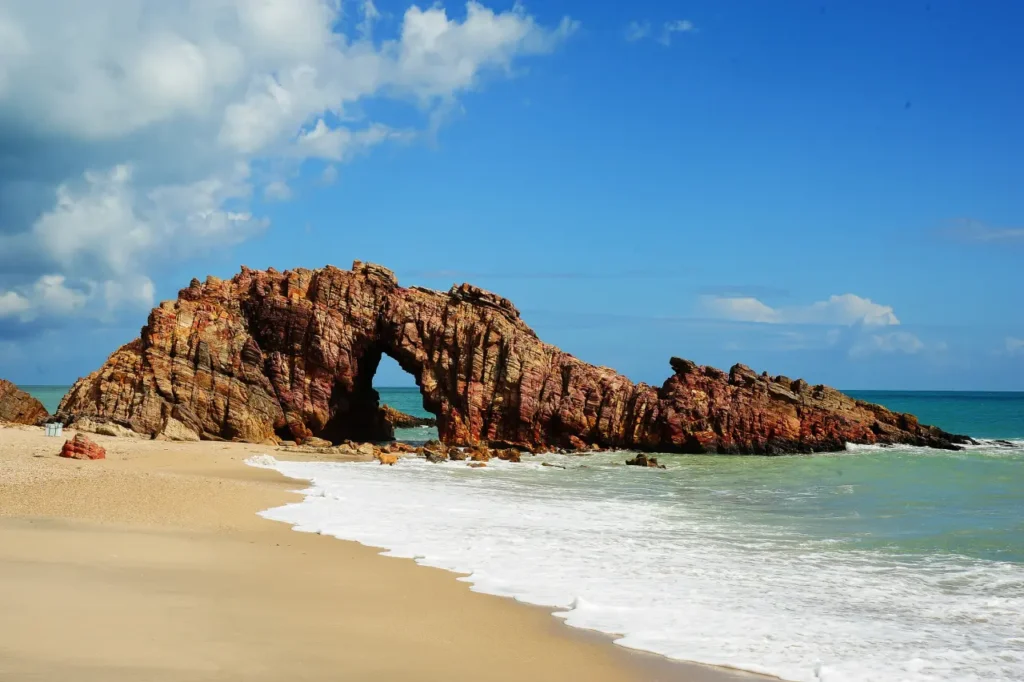
20. Serra Gaúcha
A region in the southern state of Rio Grande do Sul, Serra Gaúcha is known for its European influences, vineyards, and charming towns like Gramado and Canela. It’s a popular destination for wine tasting and enjoying the mountainous landscapes.
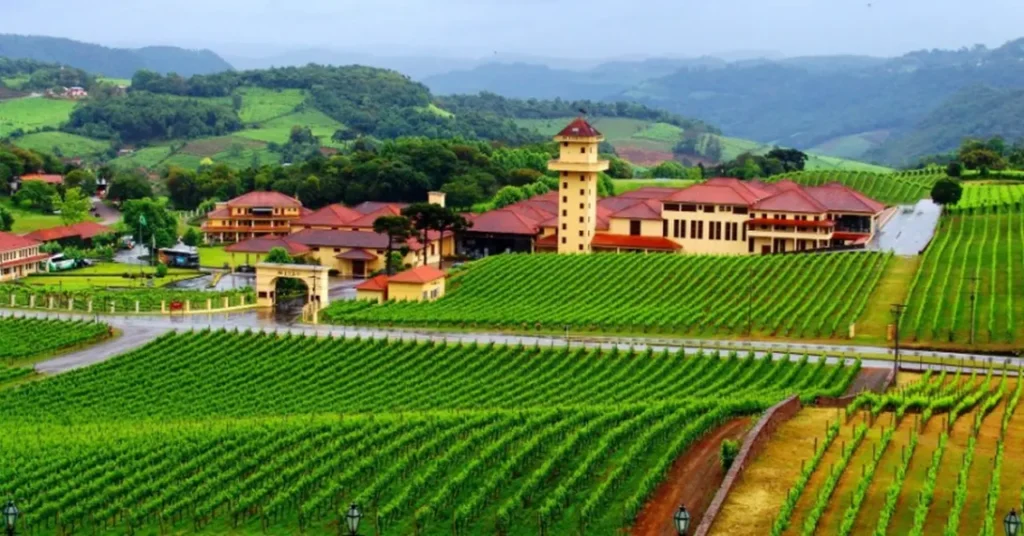
21. Penedo
Located in Rio de Janeiro state, this small Finnish-inspired town offers a unique cultural experience with charming chalets, traditional food, and beautiful surroundings.
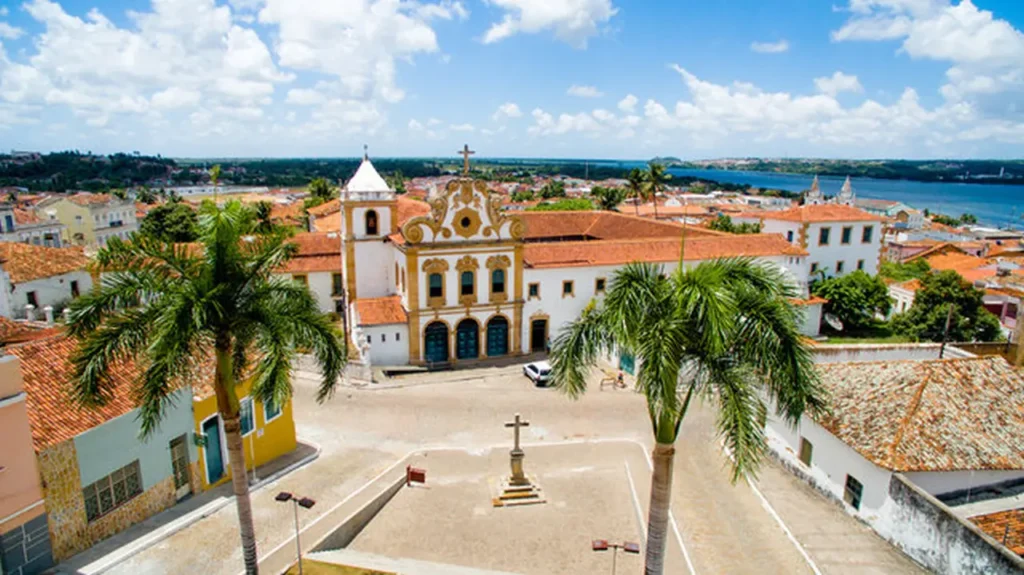
22. Monte Roraima
Located on the border between Brazil, Venezuela, and Guyana, this tabletop mountain offers a unique trekking experience with breathtaking views and unique rock formations.
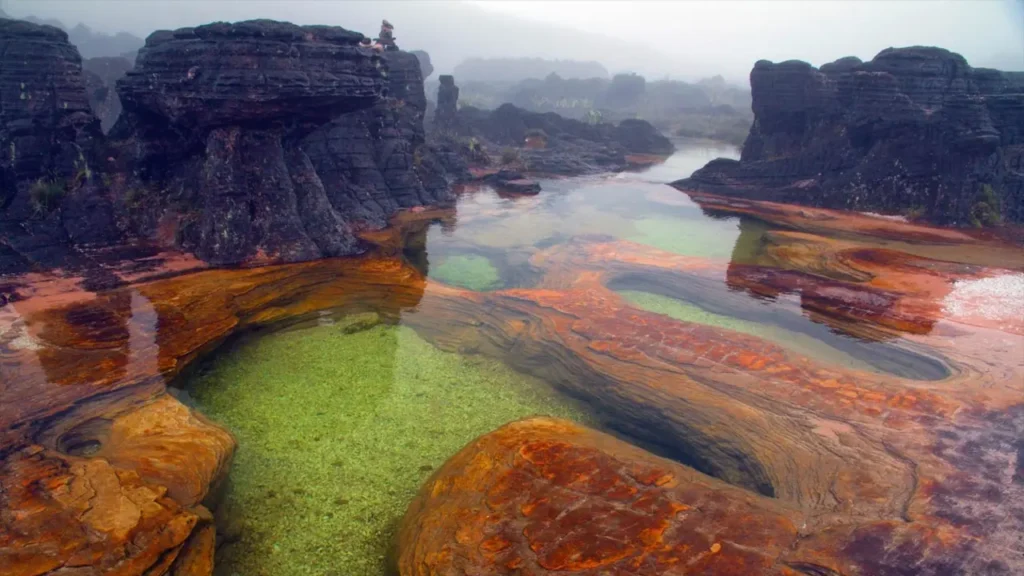
23. Búzios
A picturesque beach town located on the coast of Rio de Janeiro state, Búzios is known for its stunning beaches, crystal-clear waters, and vibrant nightlife. It’s a popular destination for water sports and relaxation.

24. São Luís
The capital of Maranhão state, São Luís is a UNESCO World Heritage Site known for its well-preserved Portuguese colonial architecture and vibrant cultural scene, particularly its reggae music and dance festivals.
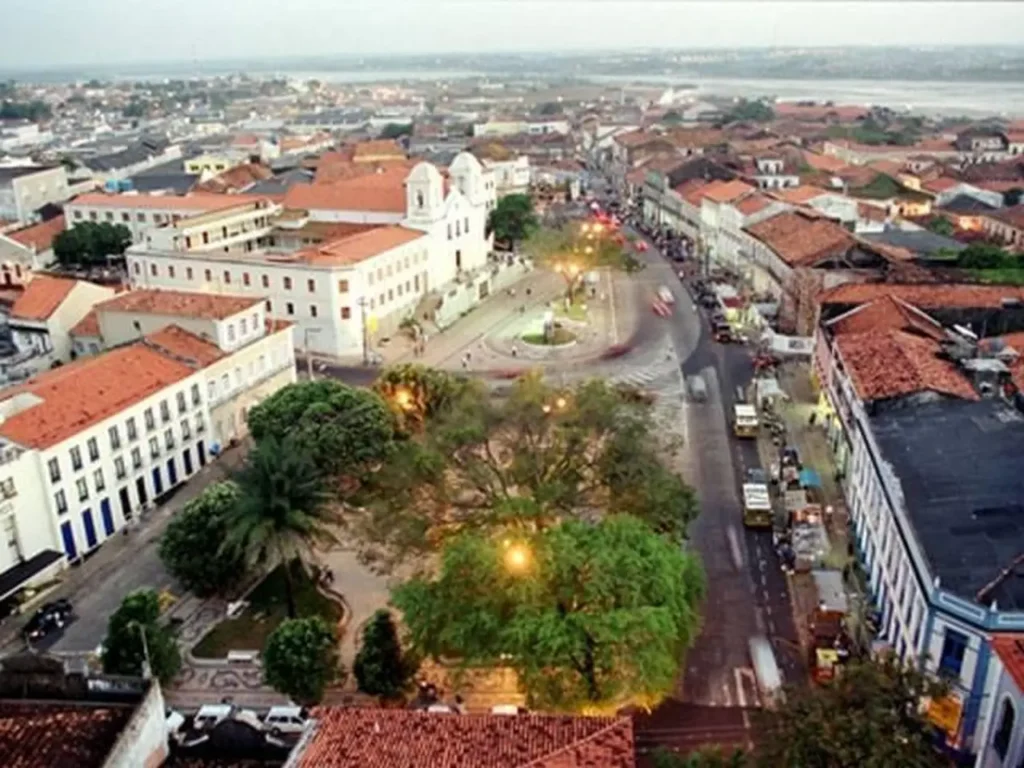
25. Cuiabá
Located in the heart of Brazil’s Pantanal region, Cuiabá is a gateway to exploring the world’s largest tropical wetland. It offers opportunities for wildlife spotting, birdwatching, and experiencing the unique ecosystem.
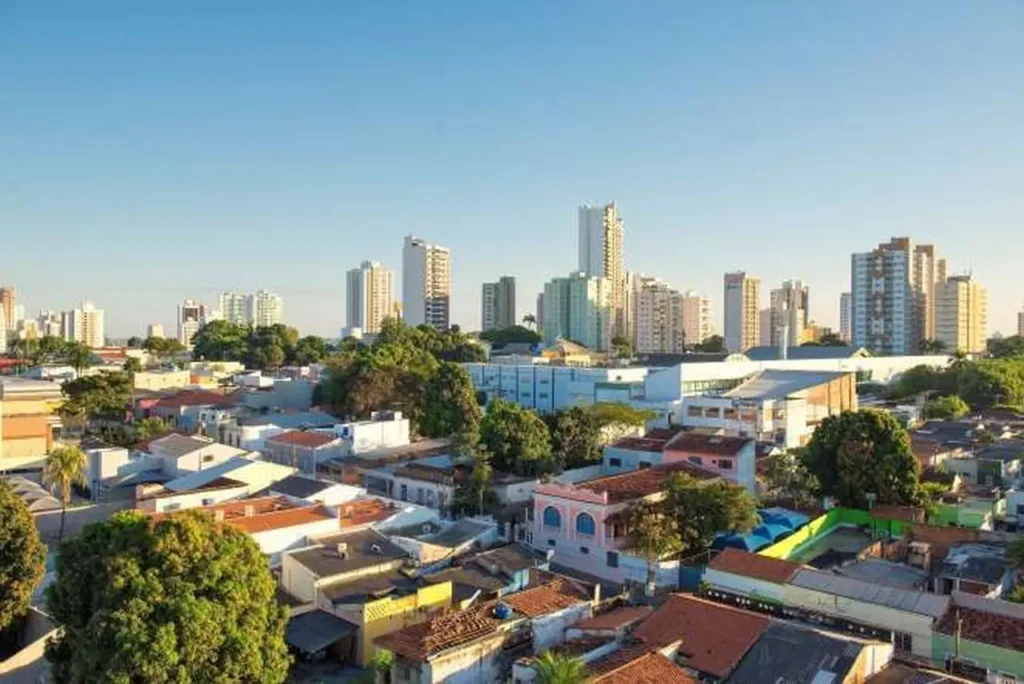
26. Belém
The capital of Pará state, Belém is a bustling port city located near the mouth of the Amazon River. It is famous for its rich culinary traditions, vibrant markets, and historical sites like the Ver-o-Peso Market and the Teatro da Paz.
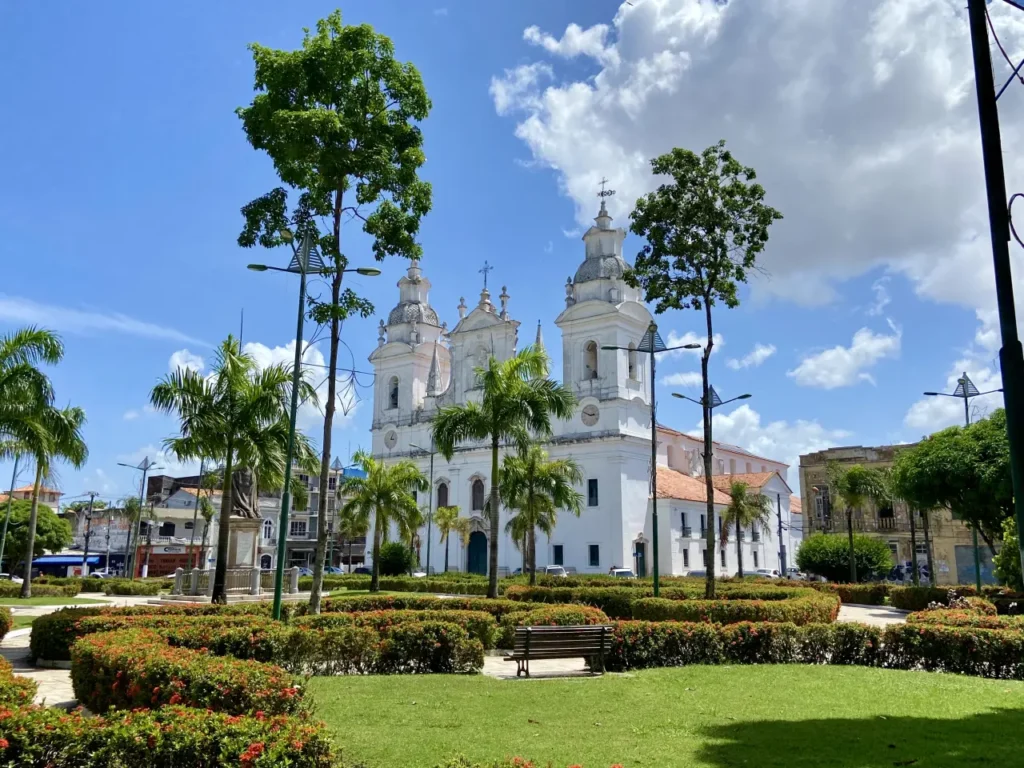
27. Angra dos Reis
A coastal town in Rio de Janeiro state, Angra dos Reis is known for its beautiful islands, secluded beaches, and lush greenery. It’s a popular destination for sailing, yachting, and exploring the surrounding islands.
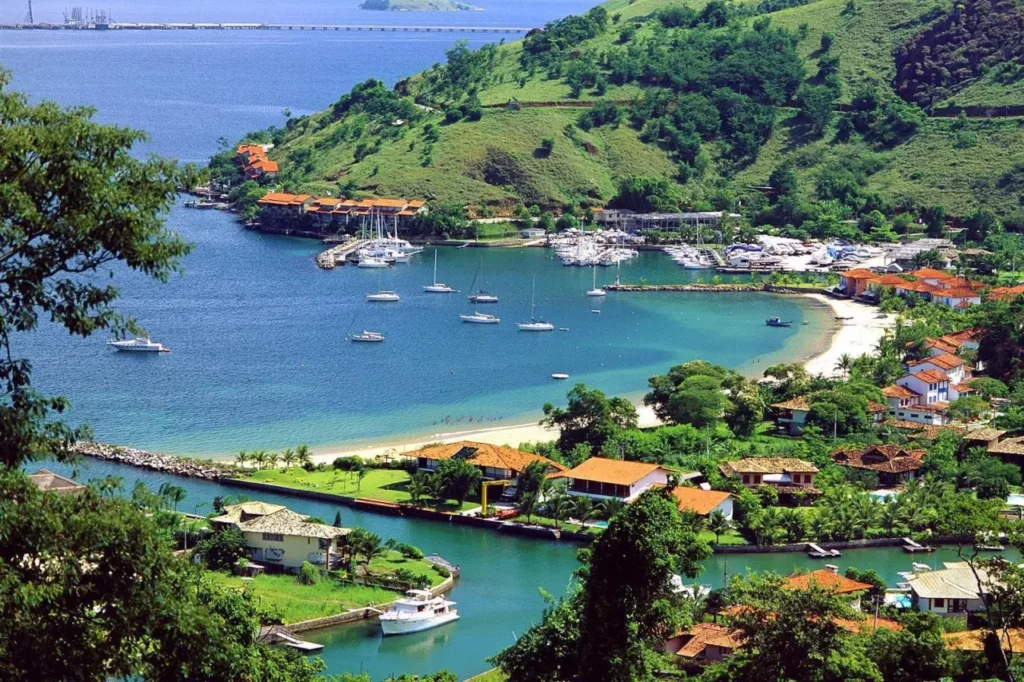
28. Morro de São Paulo
Located on the island of Tinharé in Bahia, Morro de São Paulo is a laid-back beach destination known for its stunning beaches, natural pools, and vibrant nightlife.
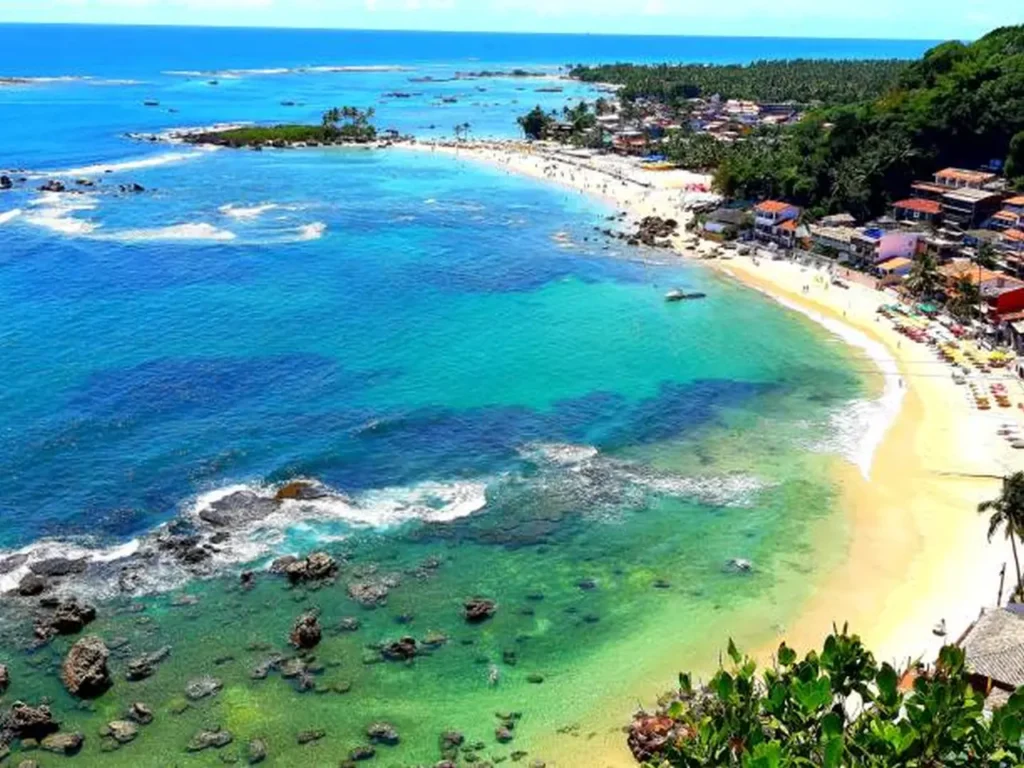
29. Serra do Cipó
A mountainous region located in Minas Gerais, Serra do Cipó is famous for its breathtaking waterfalls, hiking trails, and stunning landscapes. It’s a popular destination for nature lovers and adventure enthusiasts.
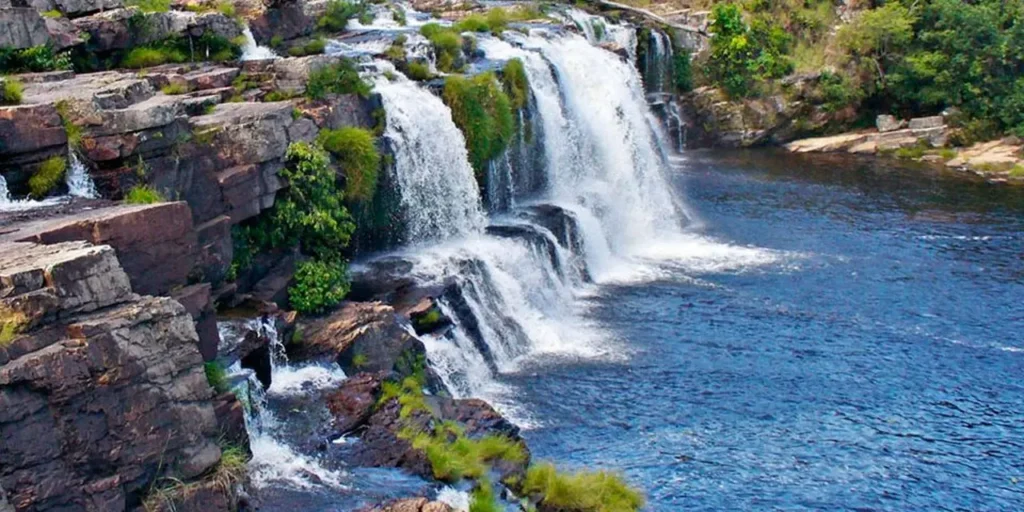
30. Pantanal Matogrossense National Park
A UNESCO World Heritage Site, this national park is part of the Pantanal region and offers a remarkable wildlife experience with opportunities to spot jaguars, caimans, capybaras, and a variety of bird species.
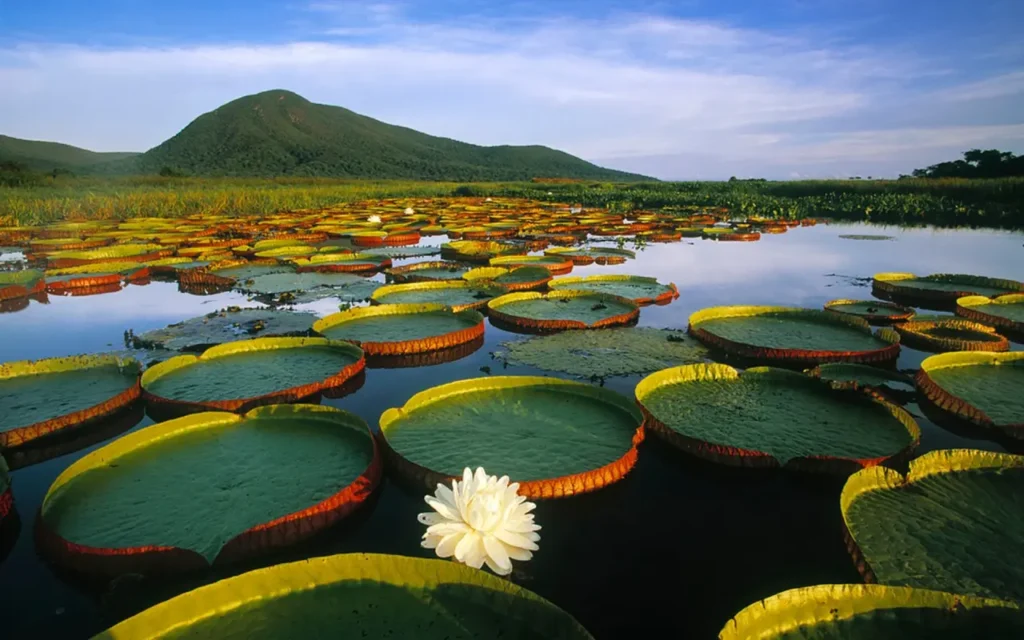
31. Sugarloaf Mountain
A famous landmark in Rio de Janeiro, Sugarloaf Mountain is a granite peak rising 396 meters above the city. Visitors can enjoy panoramic views of Rio de Janeiro and take cable car rides to the summit.
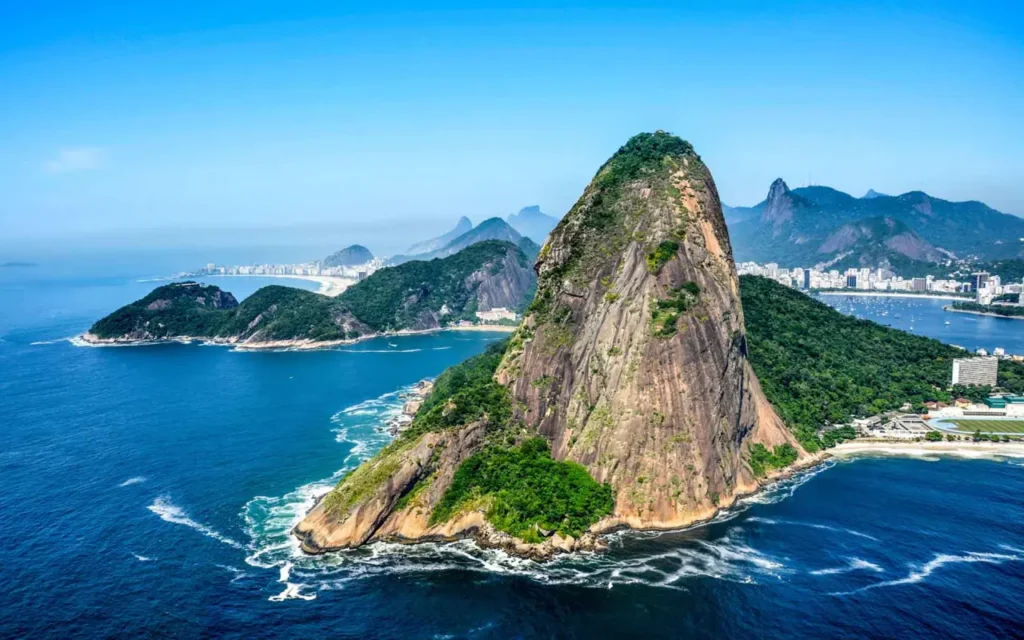
32. Chapada dos Guimarães
Located in Mato Grosso, this national park is known for its stunning red sandstone cliffs, deep canyons, and impressive waterfalls. It’s a great destination for hiking, rock climbing, and wildlife observation.
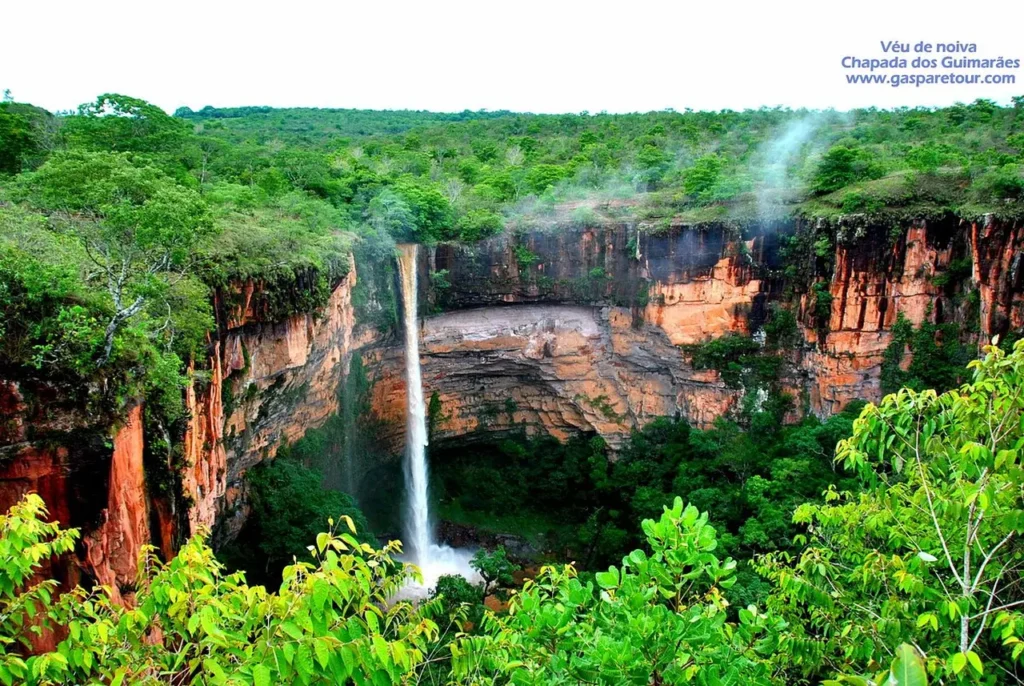
33. Gramado
A charming town in Rio Grande do Sul, Gramado is known for its European-inspired architecture, beautiful gardens, and festive atmosphere. It’s particularly popular during the Christmas season.
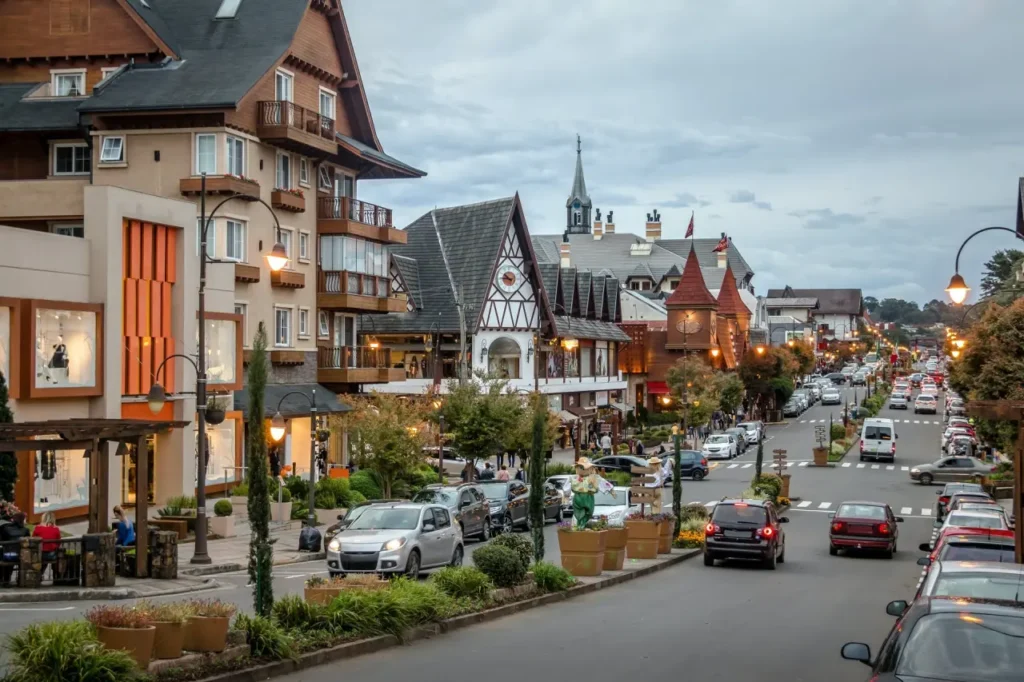
34. Praia do Rosa
A beach town in Santa Catarina, Praia do Rosa is known for its pristine beaches, excellent surfing conditions, and relaxed vibe. It’s a great spot for nature lovers and beachgoers.
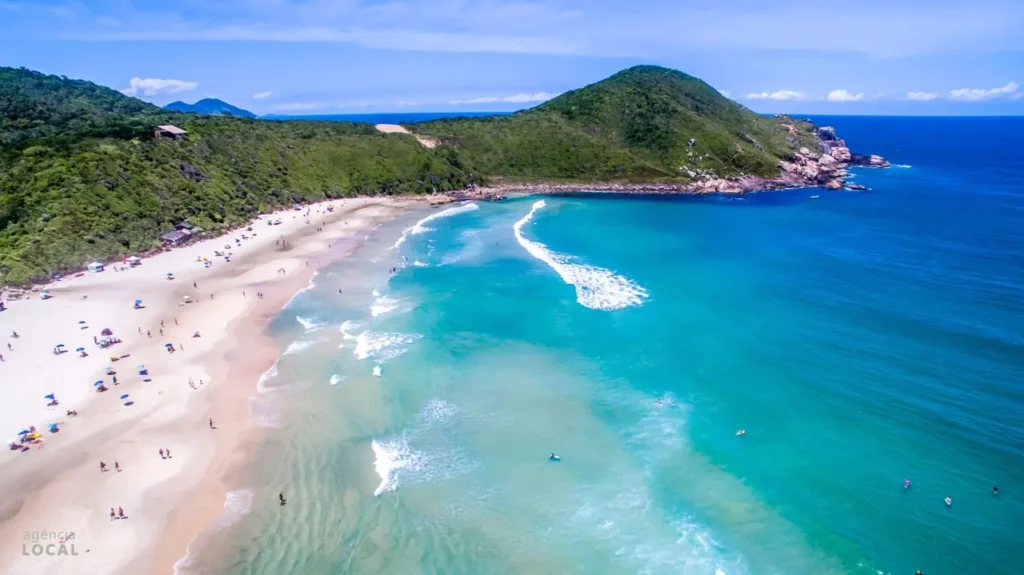
35. Abrolhos Marine National Park
Situated off the coast of Bahia, this national park is a marine sanctuary and home to one of the largest coral formations in the South Atlantic. It’s a paradise for snorkeling and diving enthusiasts.
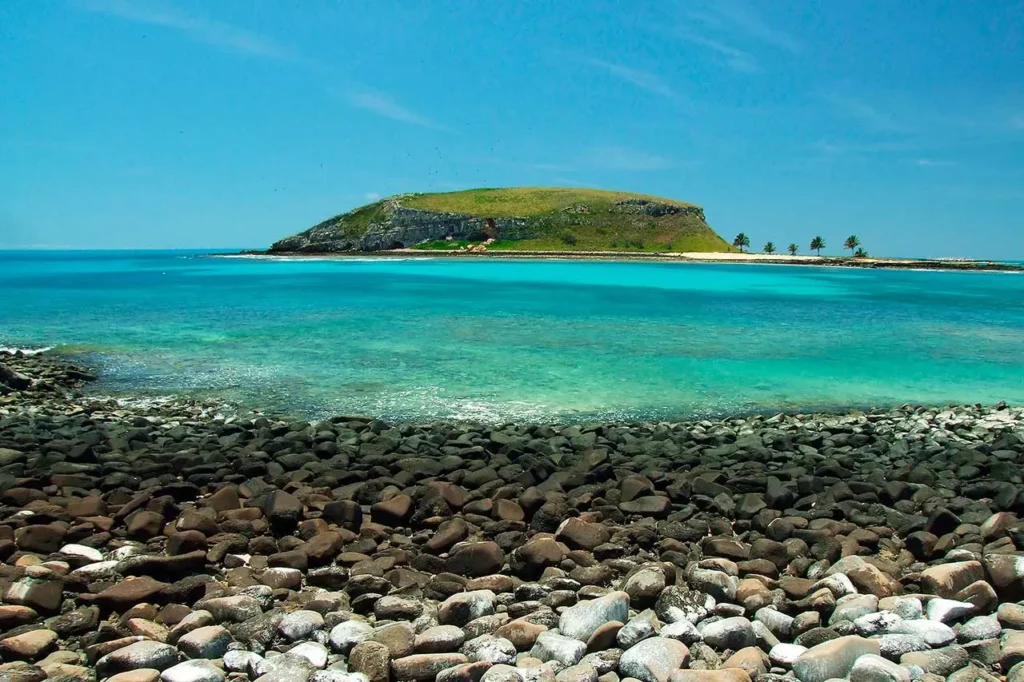
36. Lençóis
A gateway town to the Chapada Diamantina National Park in Bahia, Lençóis is known for its charming colonial architecture, cobblestone streets, and as a base for exploring the natural wonders of the region.
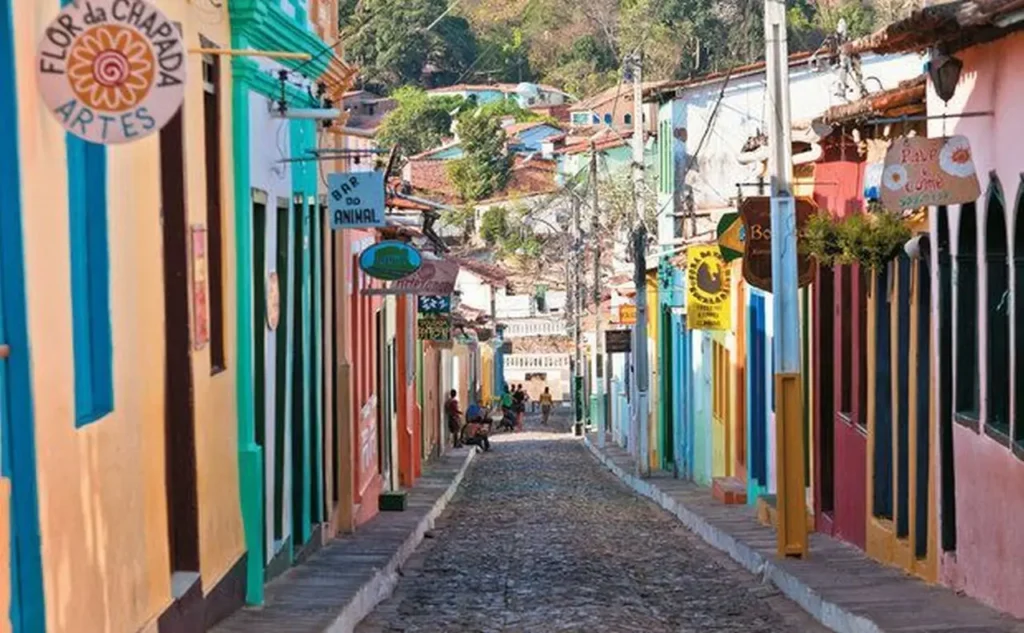
37. Itaipu Dam
Located on the Paraná River, the Itaipu Dam is one of the largest hydroelectric power plants in the world. Visitors can take guided tours to learn about its construction and environmental impact.
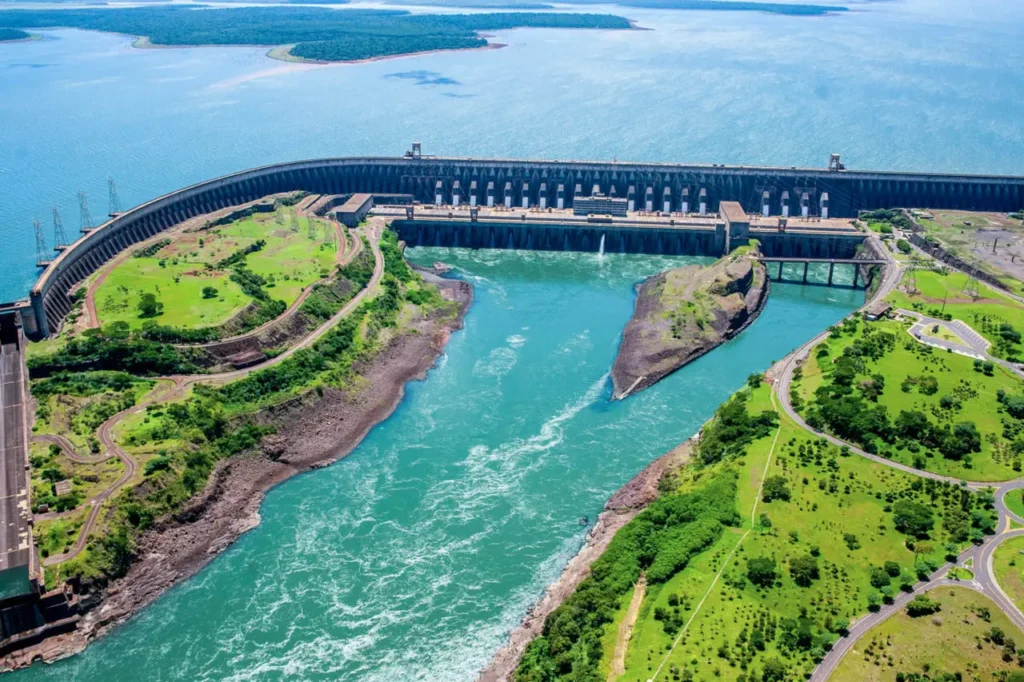
38. Cânion Fortaleza
Situated in the Serra Geral National Park in Rio Grande do Sul, this stunning canyon offers breathtaking views, hiking trails, and opportunities for outdoor activities.
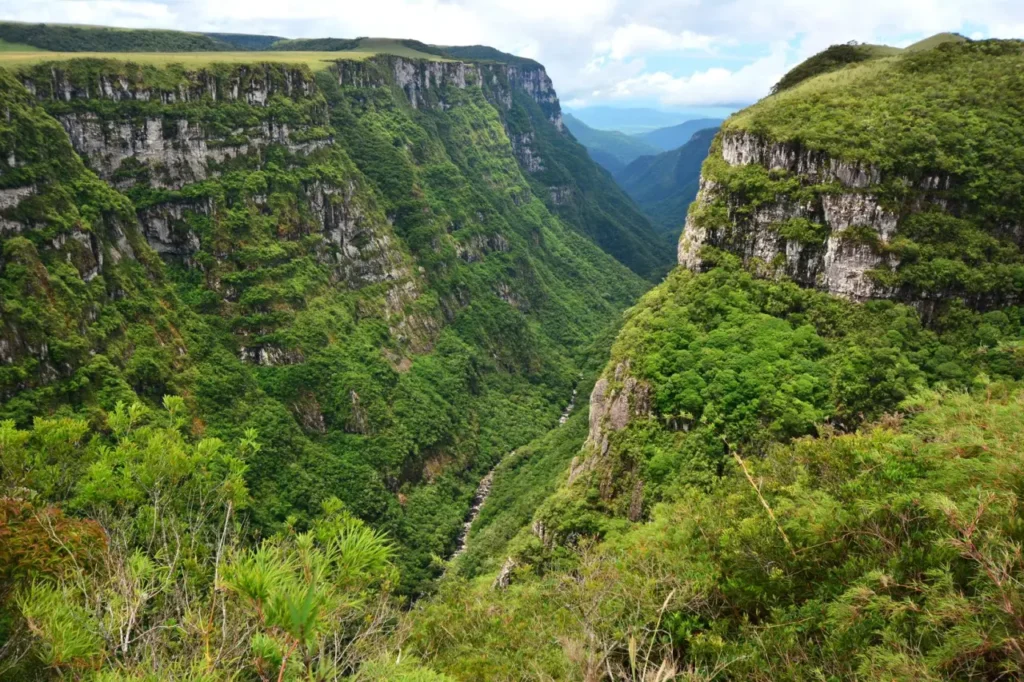
39. São Miguel das Missões
A UNESCO World Heritage Site, this historic site in Rio Grande do Sul preserves the ruins of a Jesuit mission dating back to the 18th century. It provides insights into the region’s colonial history.
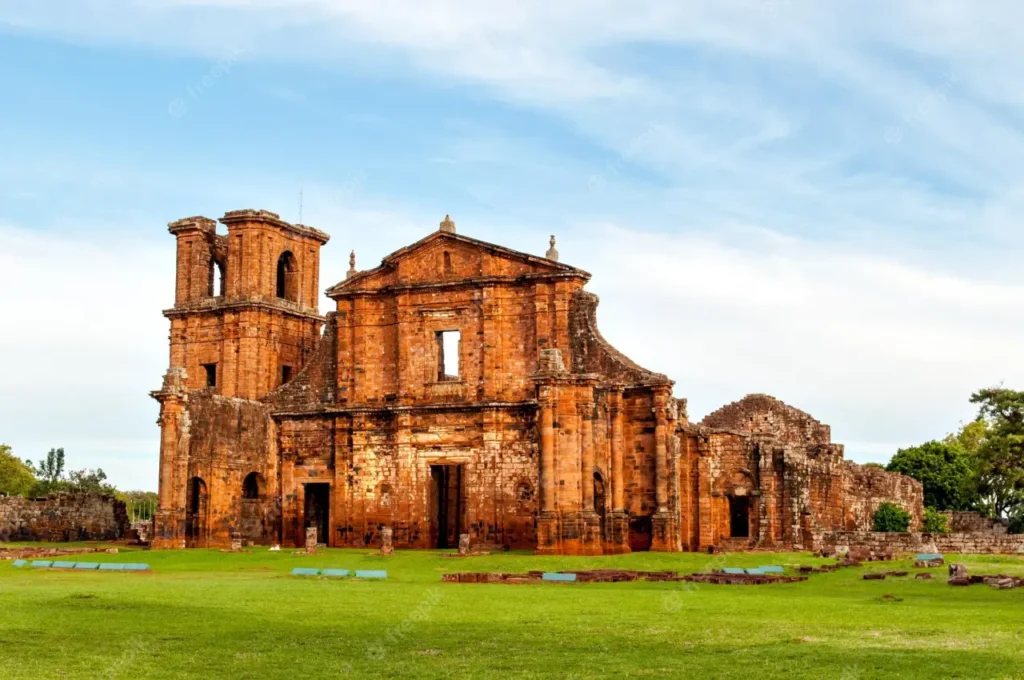
40. Monte Pascoal National Park
Situated in Bahia, this national park is known for its rich biodiversity, including endangered species like the Pau Brasil tree. It offers hiking trails and nature observation opportunities.
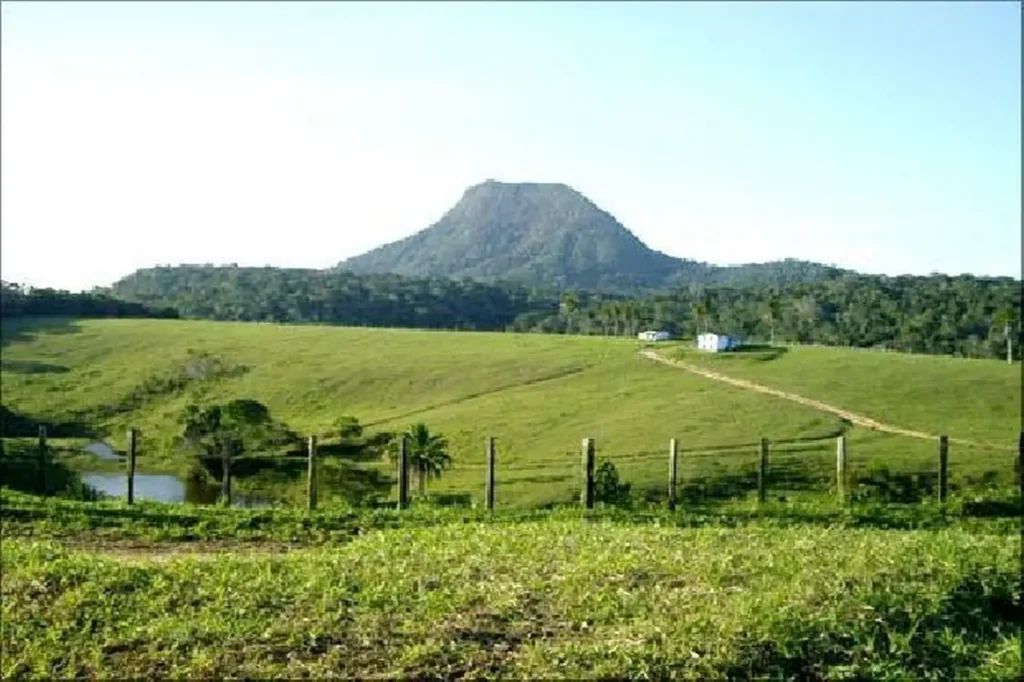
41. Cidade das Estrelas
Located in the Chapada dos Veadeiros region of Goiás, this area is known for its dark skies and stargazing opportunities. It’s a designated “Starlight Tourism Destination” and offers a unique celestial experience.
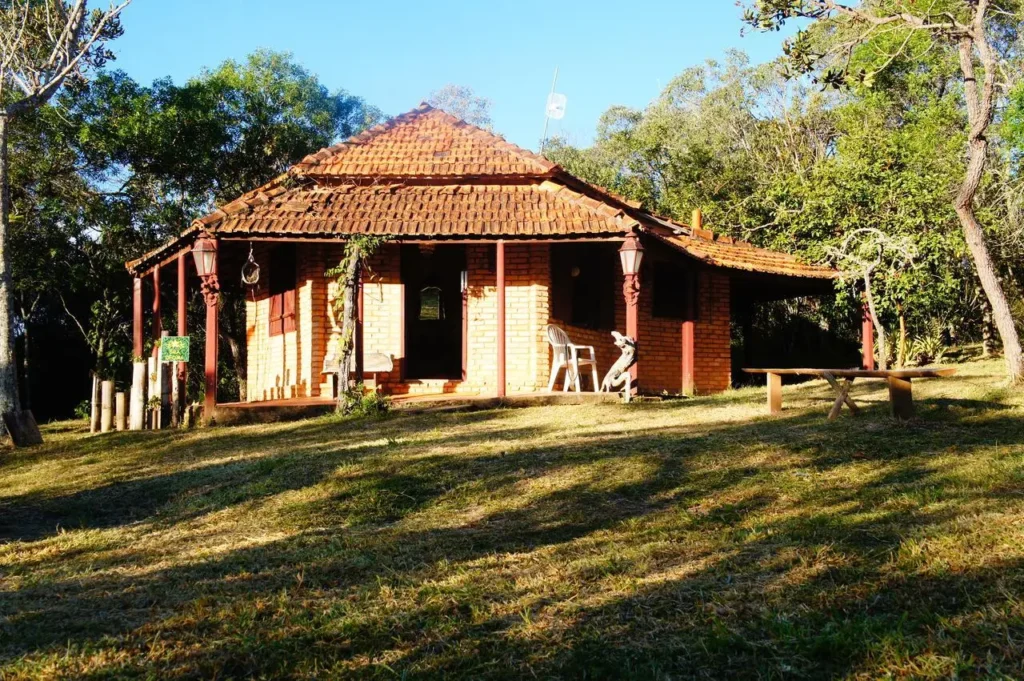
42. Pipa Beach
Pipa is a popular beach town located in the state of Rio Grande do Norte, Brazil. It is situated approximately 85 kilometers south of the state capital, Natal. Pipa is known for its stunning natural beauty, laid-back atmosphere, and vibrant beach culture.
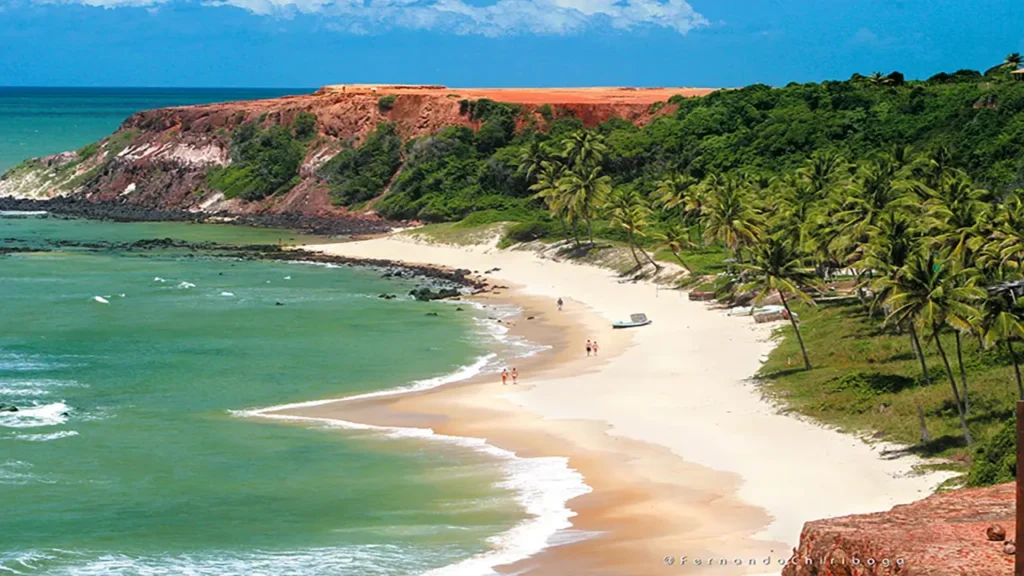
43. Curitiba
Curitiba is the capital city of the state of Paraná in southern Brazil. It is known for its innovative urban planning, sustainable initiatives, and high quality of life.
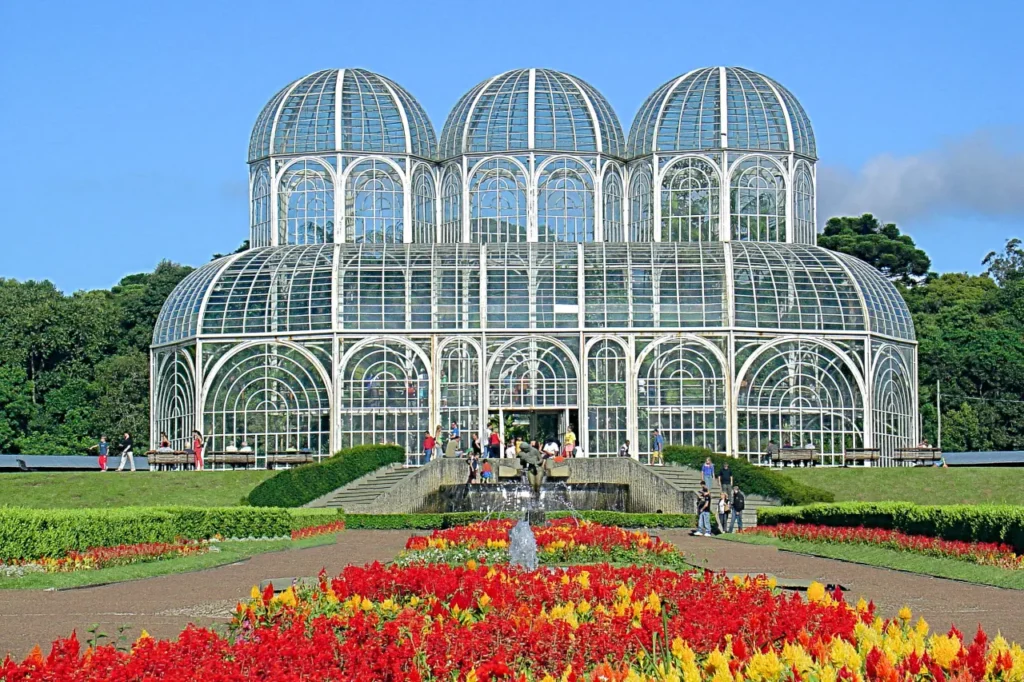
44. Tijuca National Park
Tijuca National Park (Parque Nacional da Tijuca) is a protected area located in the city of Rio de Janeiro, Brazil. It is one of the world’s largest urban rainforests, covering an area of approximately 39 square kilometers.
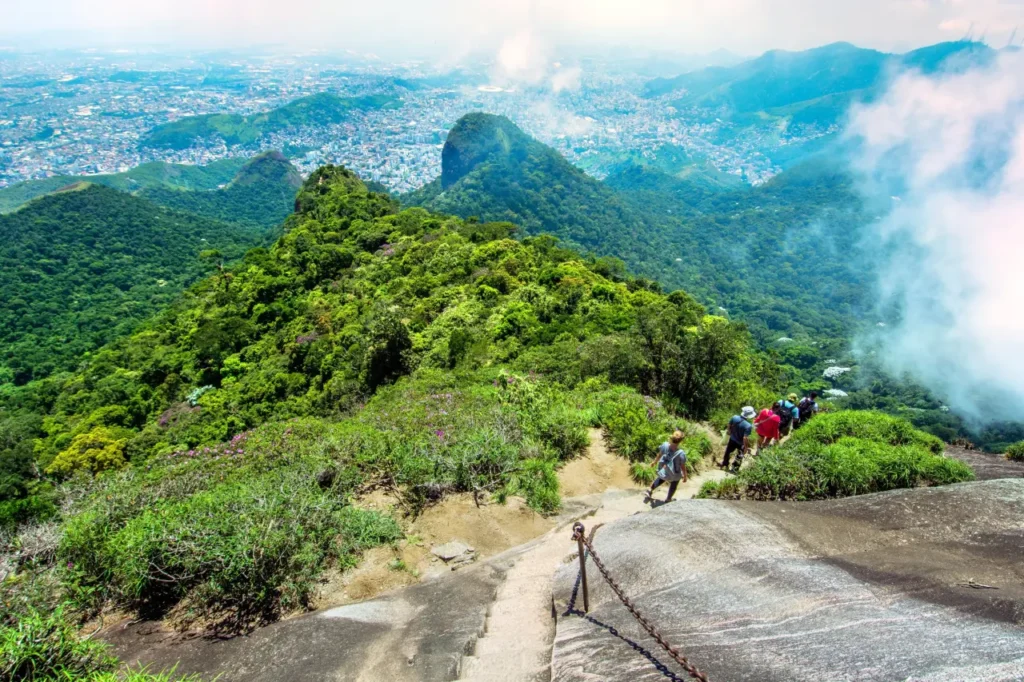
These are just a few more examples of the beautiful and famous places to visit in Brazil. The country’s diverse landscapes, rich cultural heritage, and natural wonders offer a wide range of experiences for travelers.
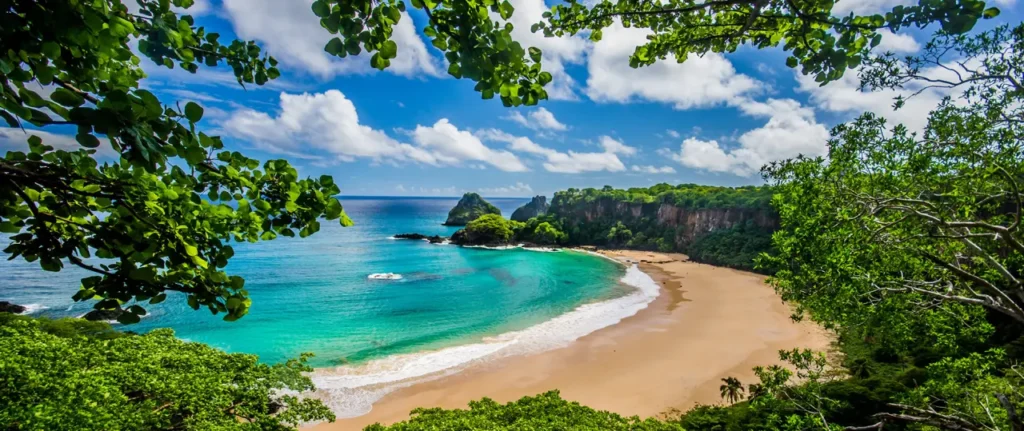
Hope this article is useful for readers. Please visit our website to explore more beautiful and interesting places!
